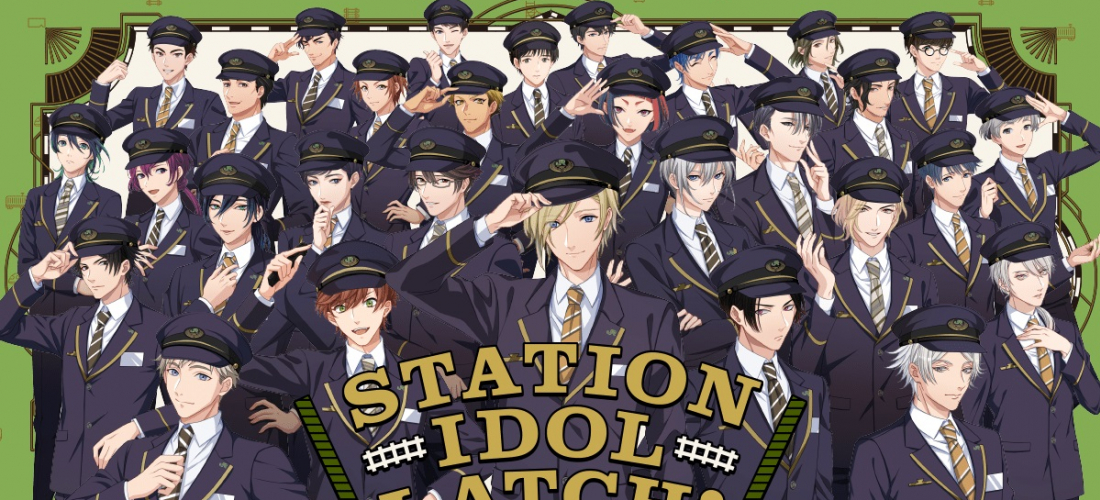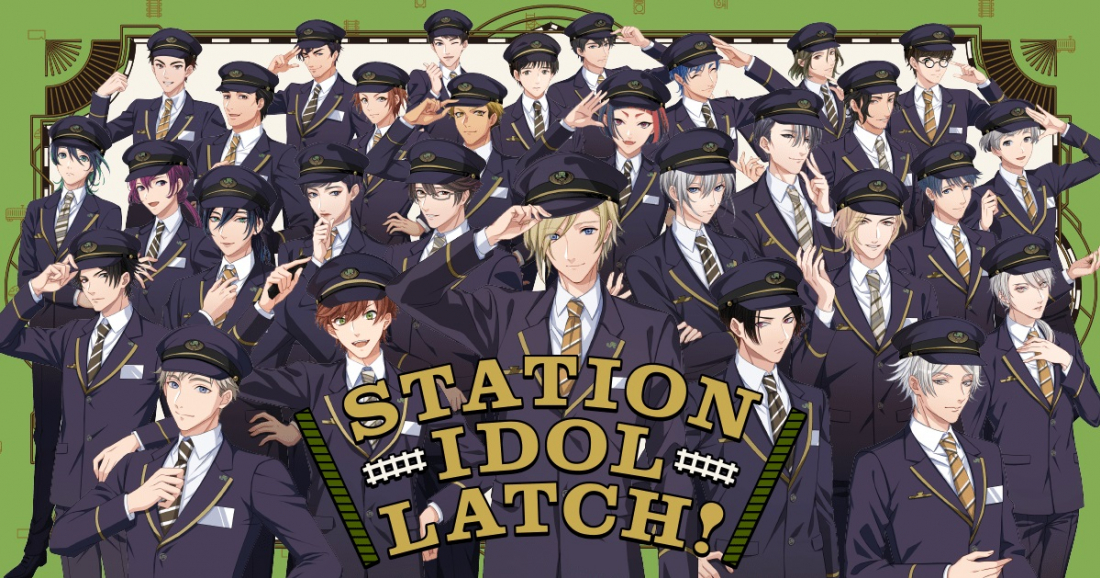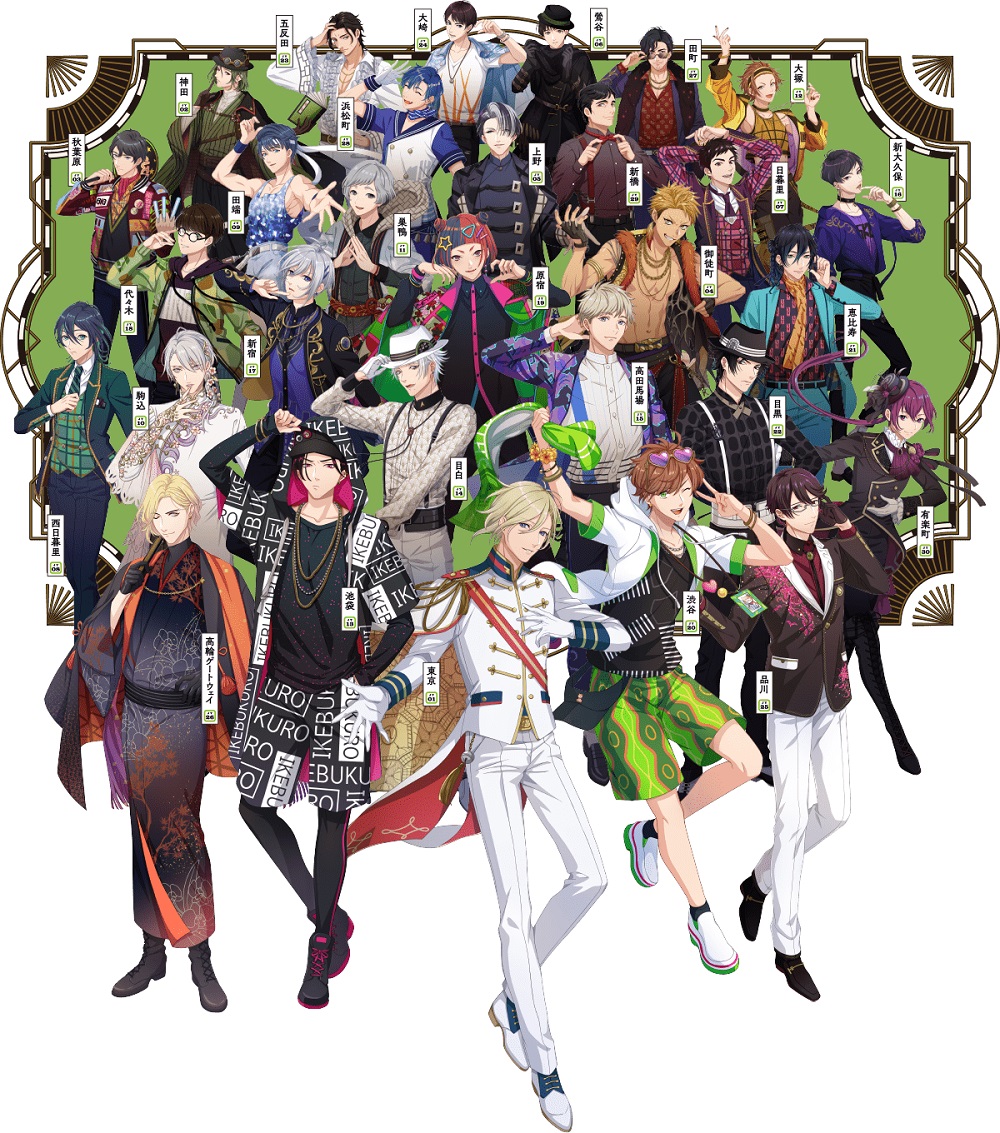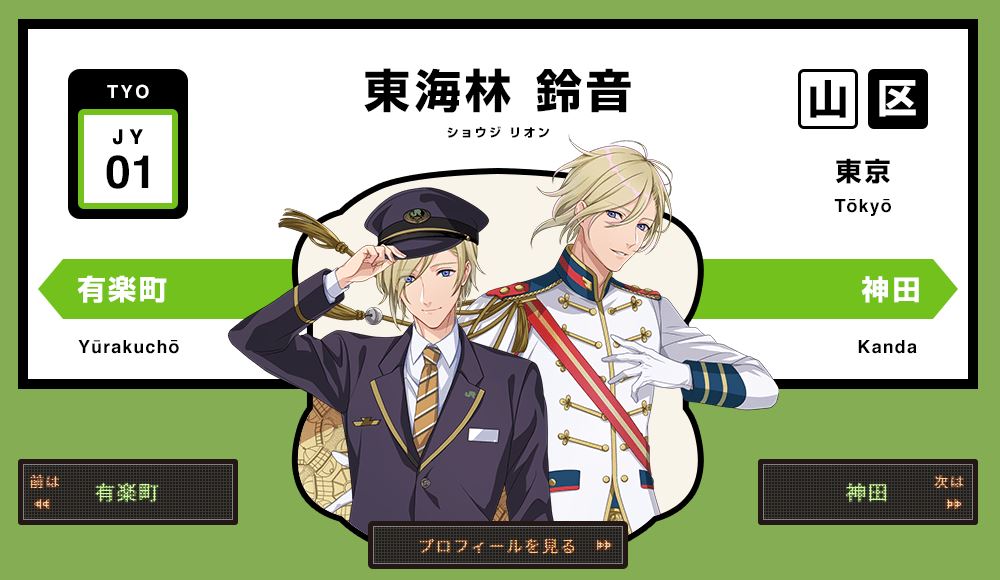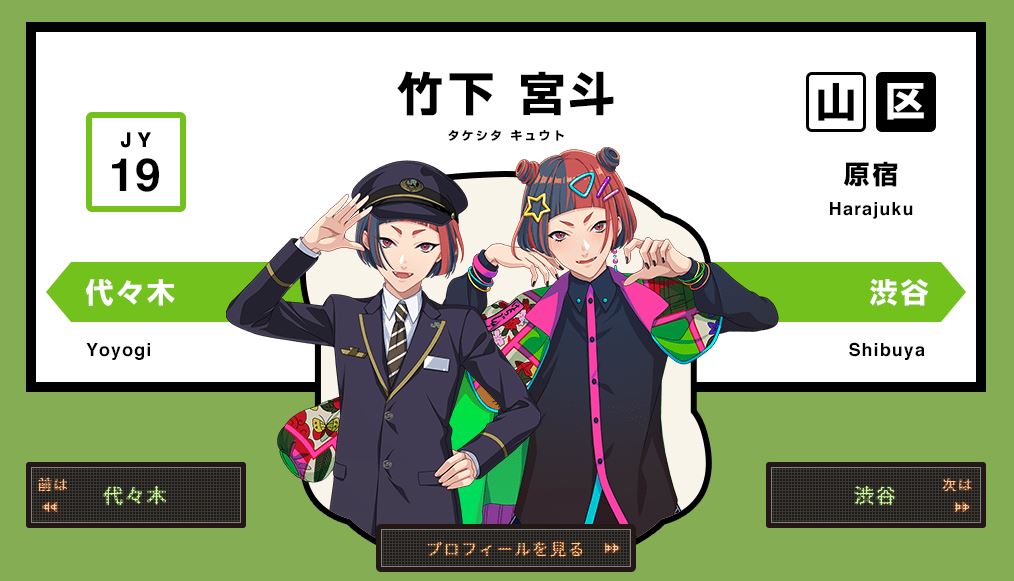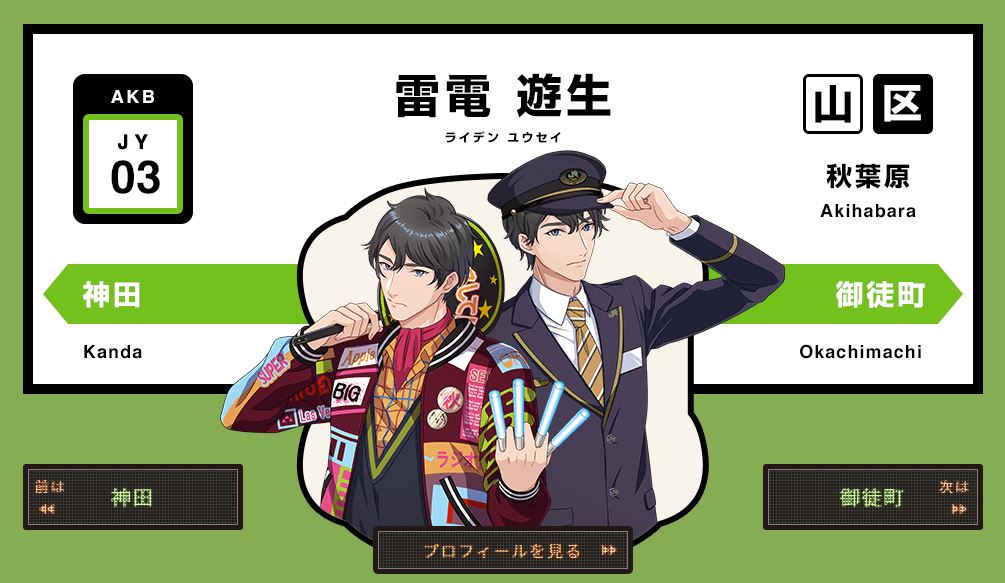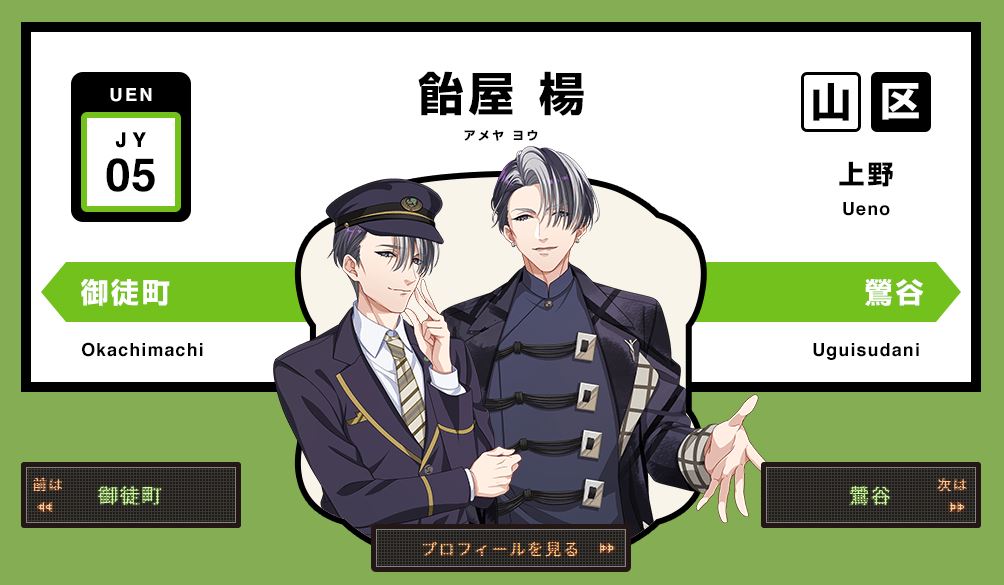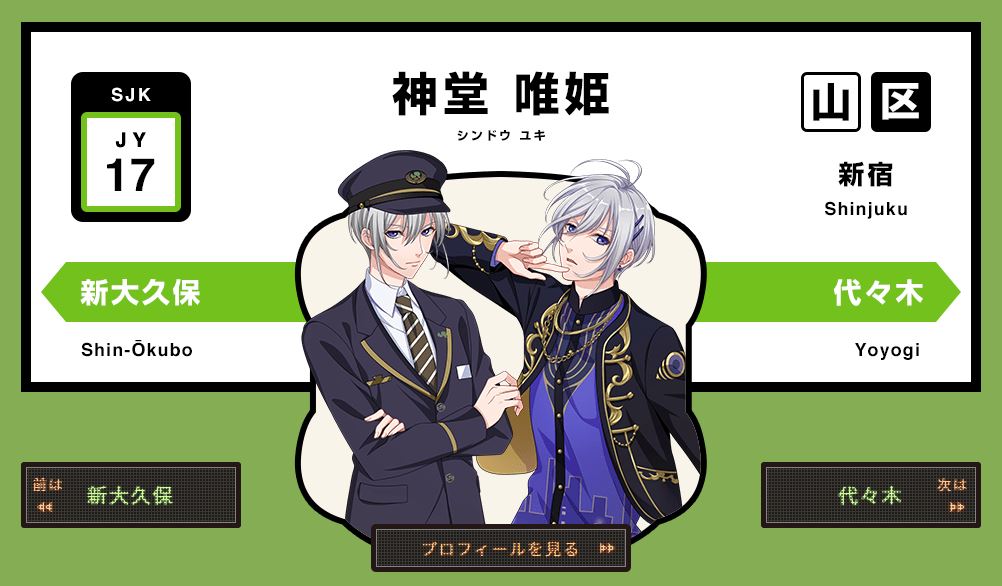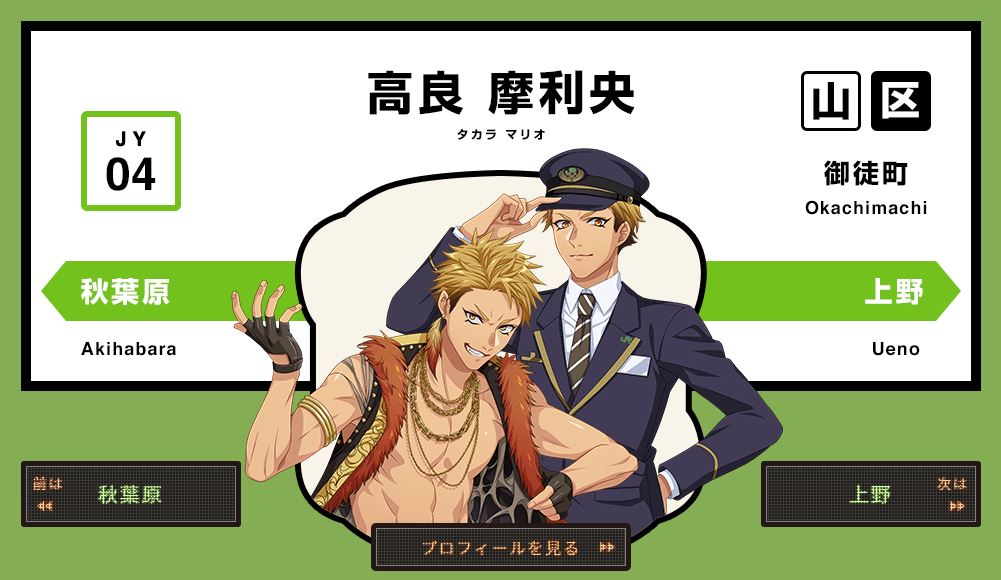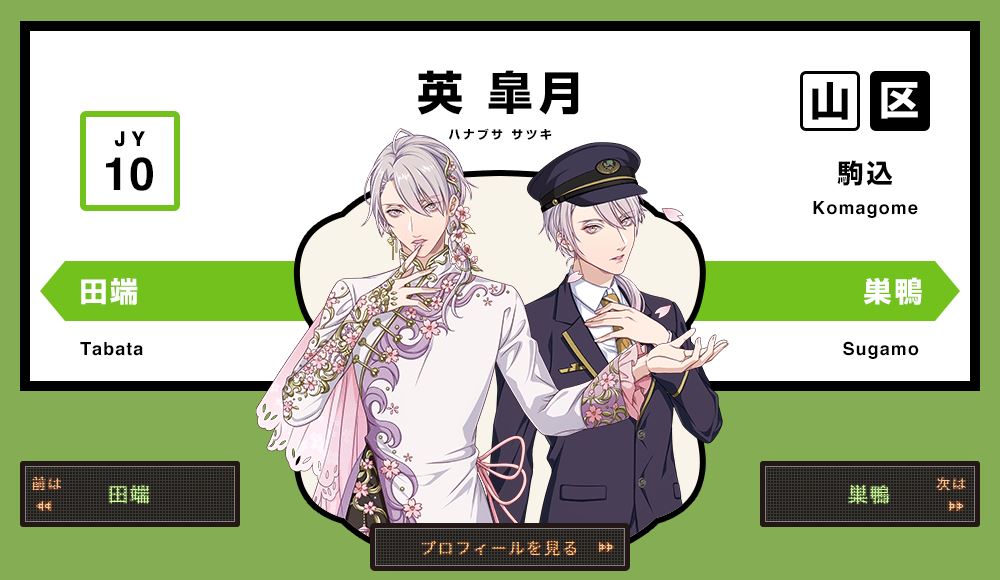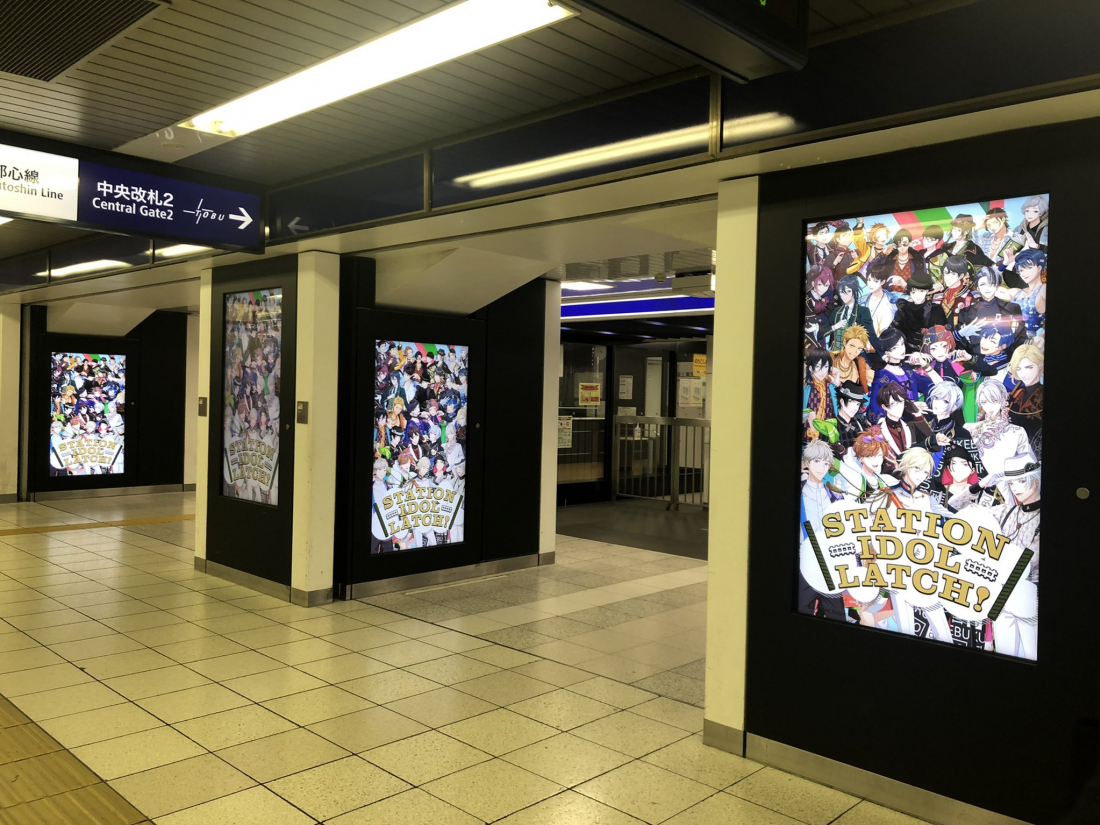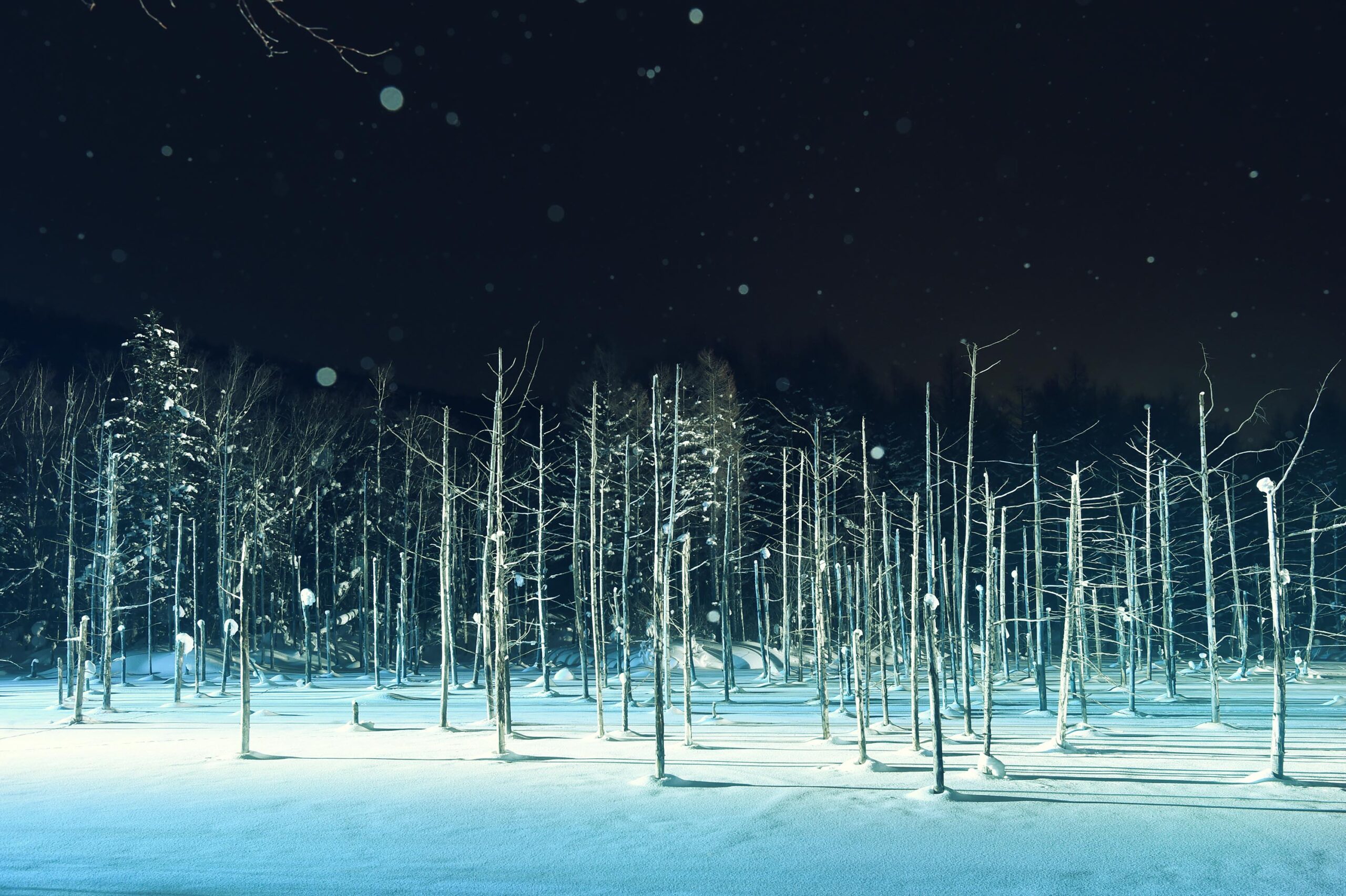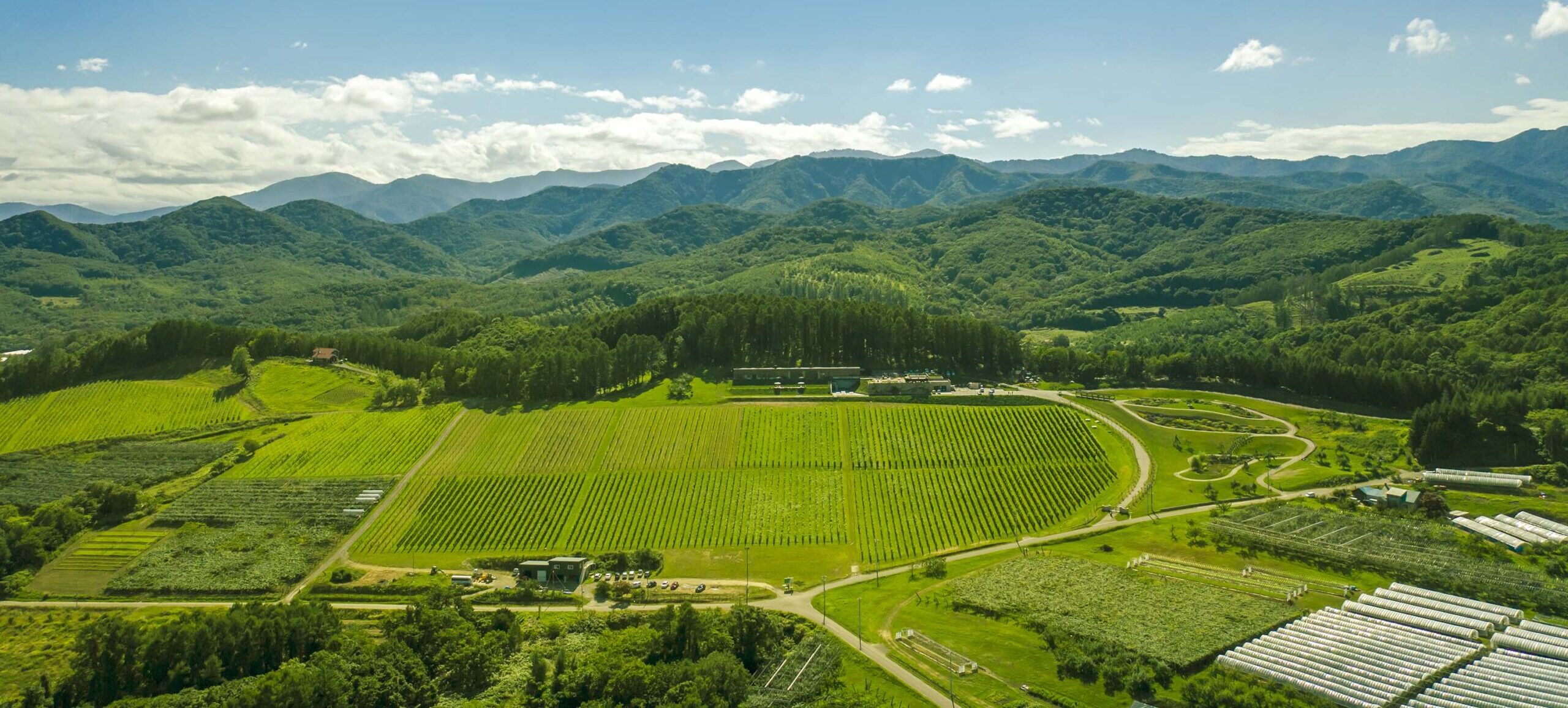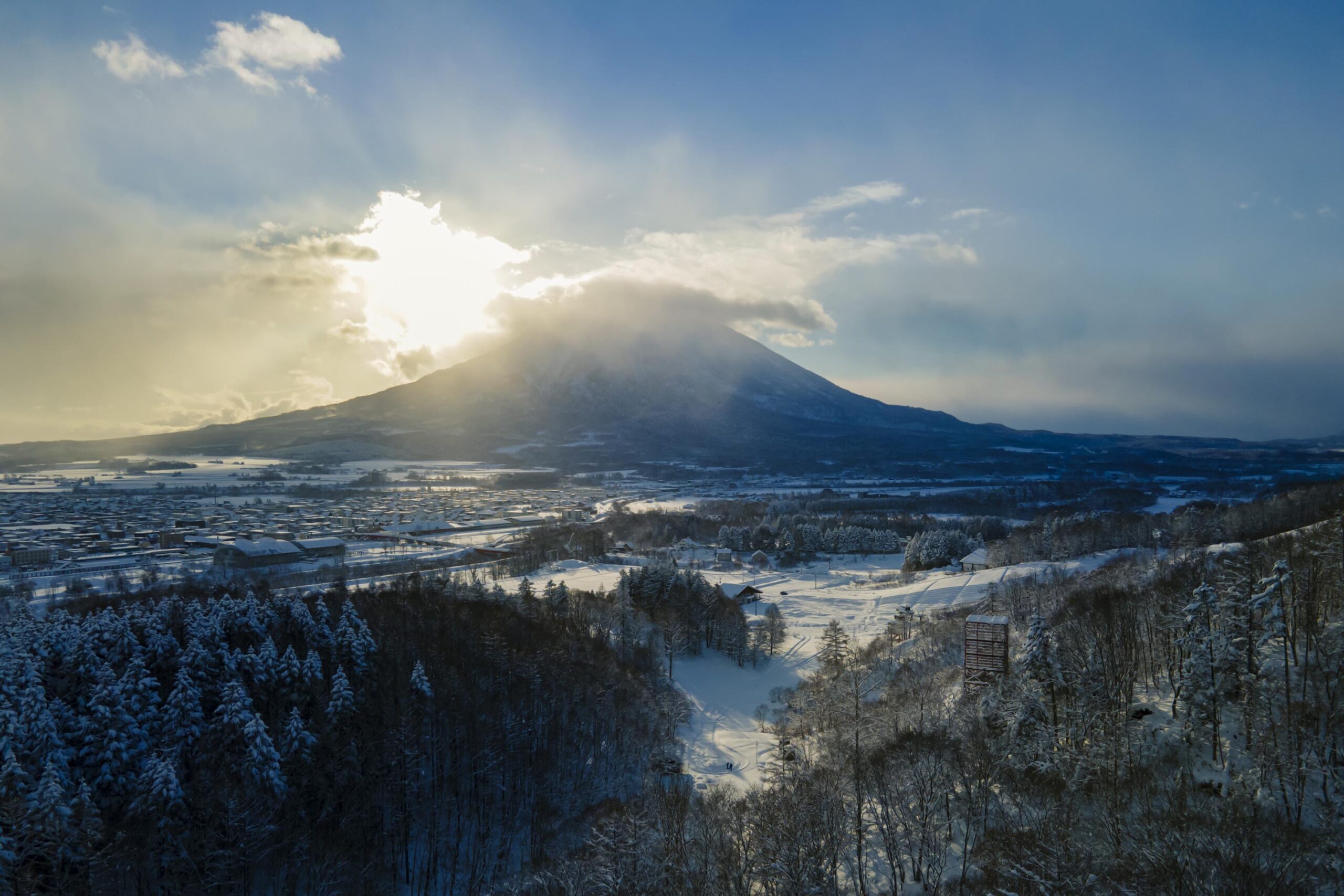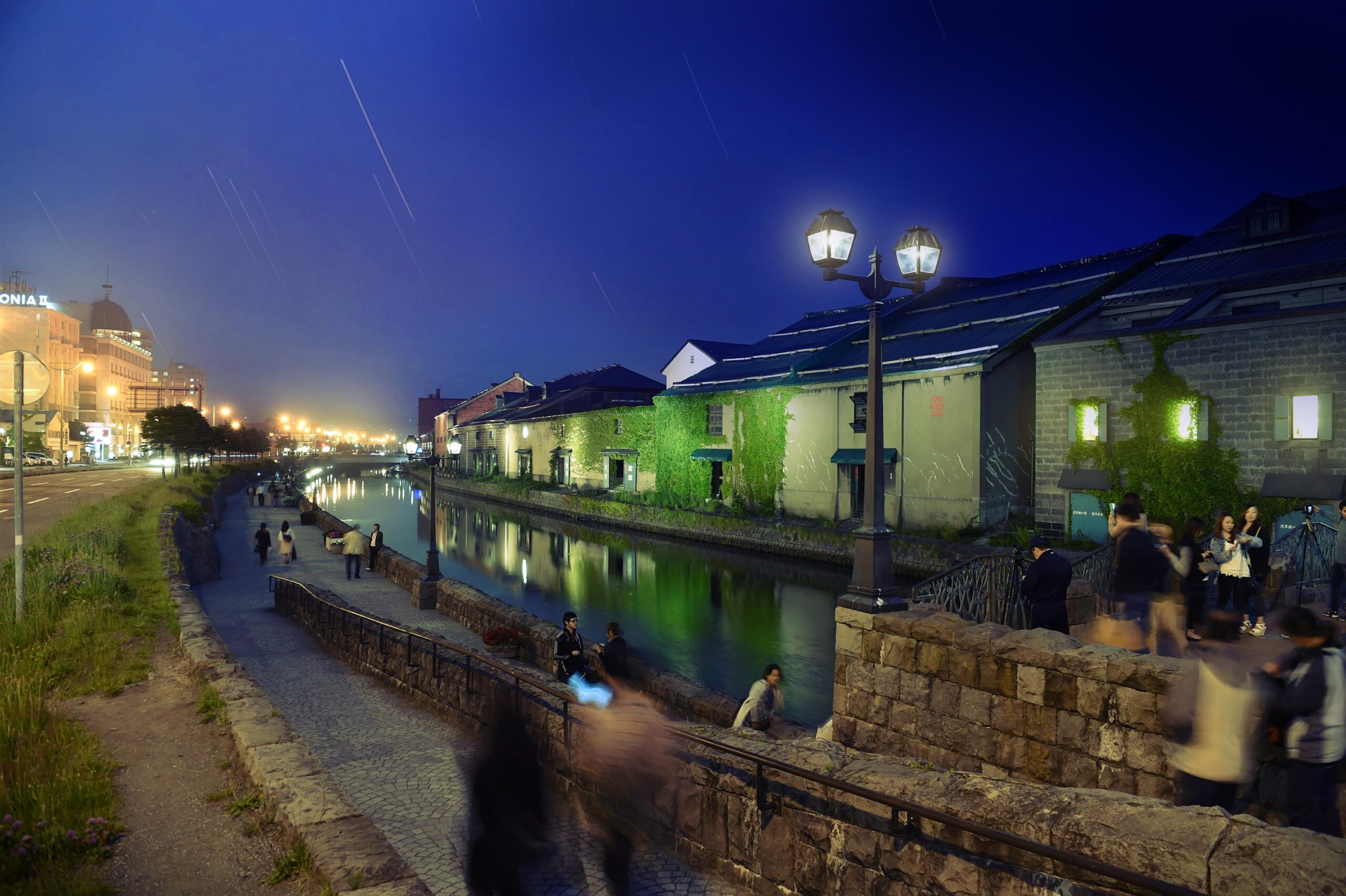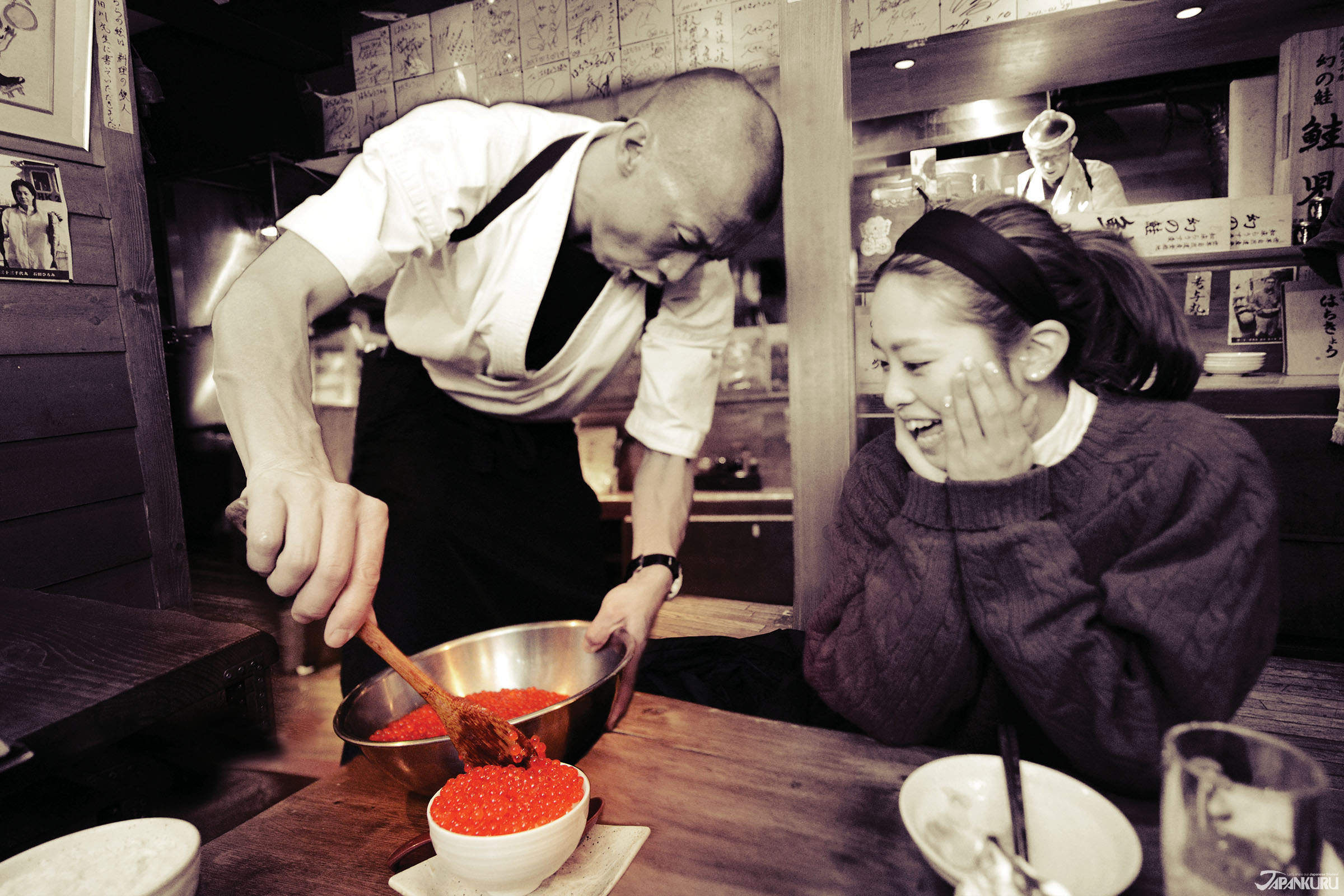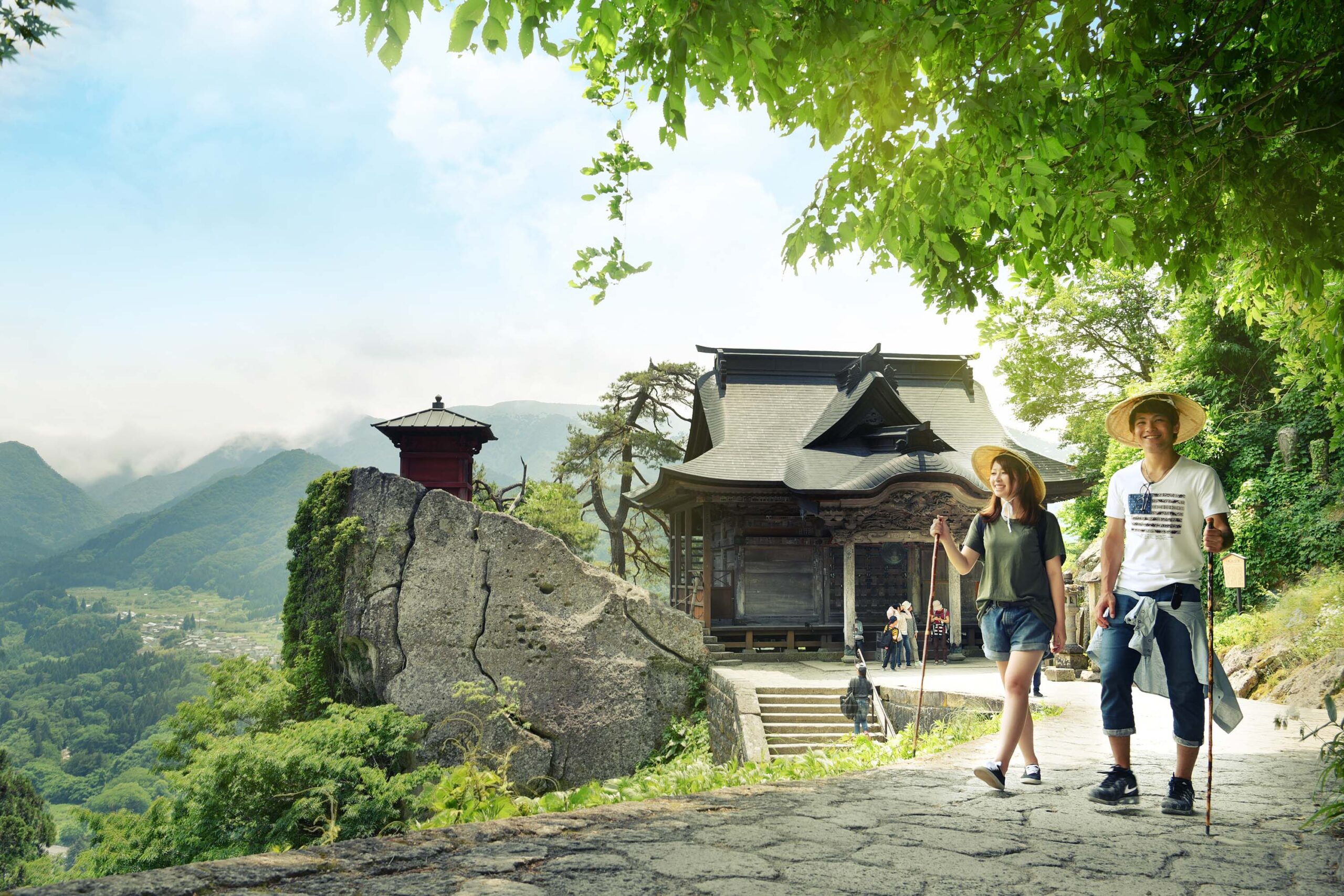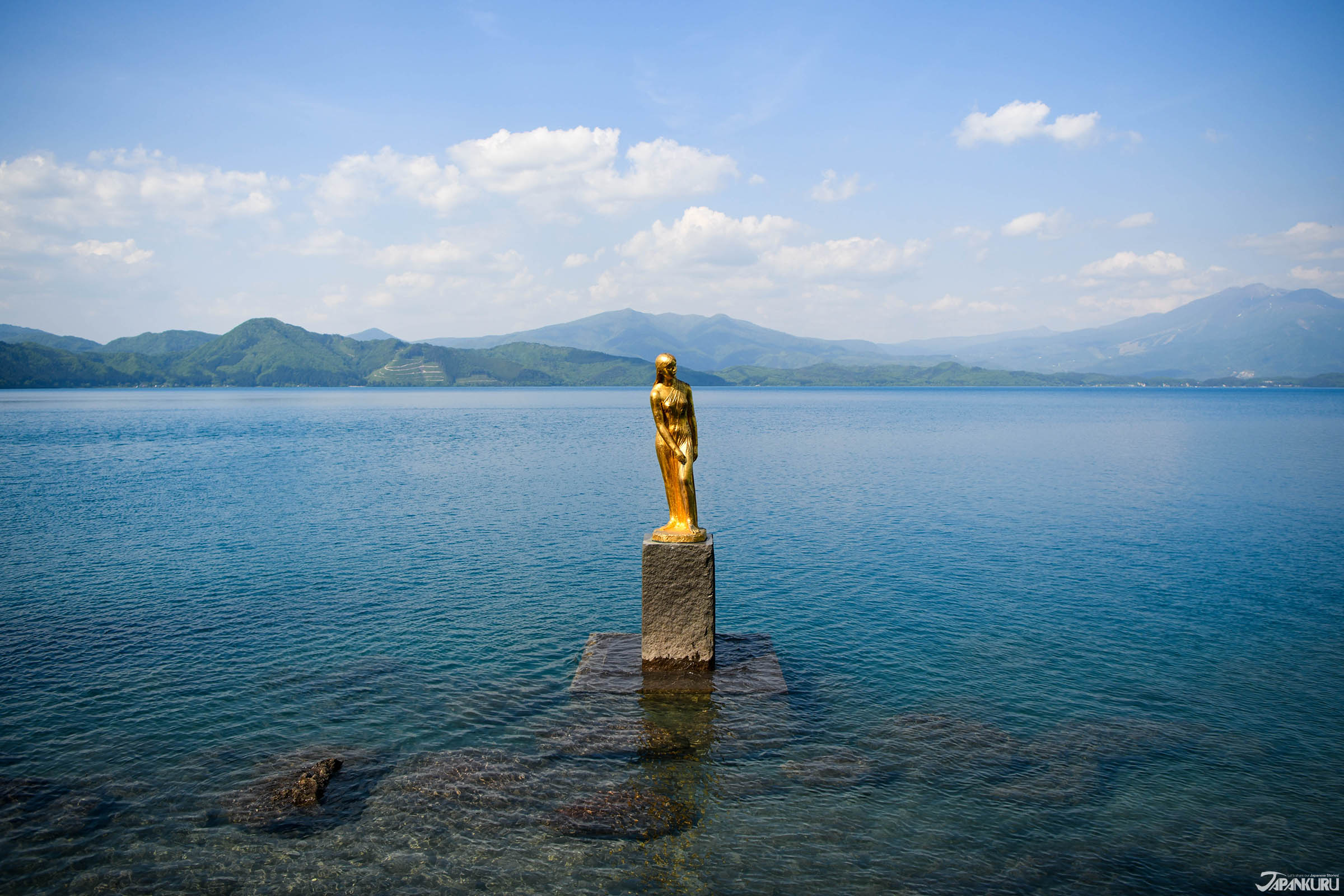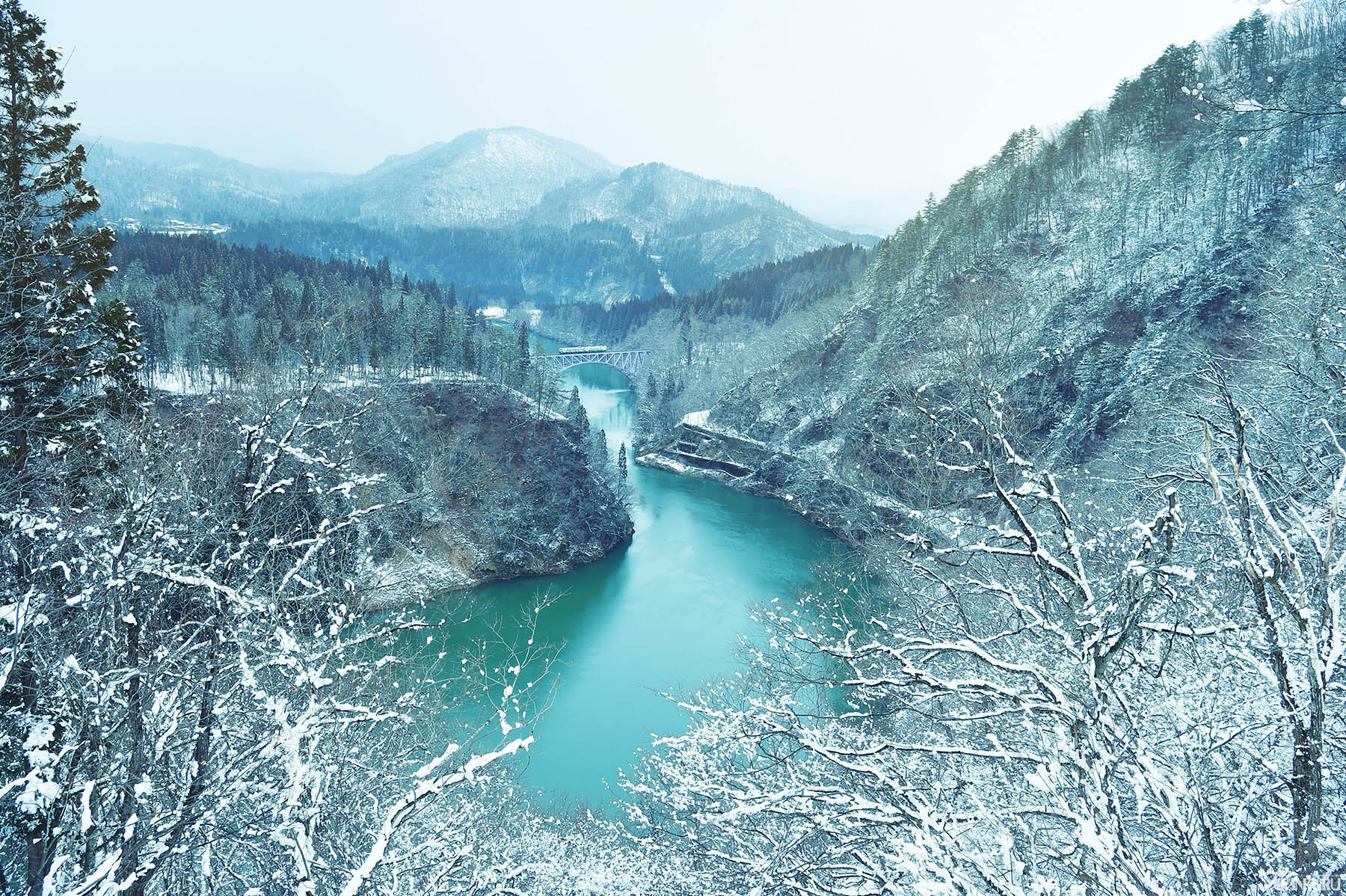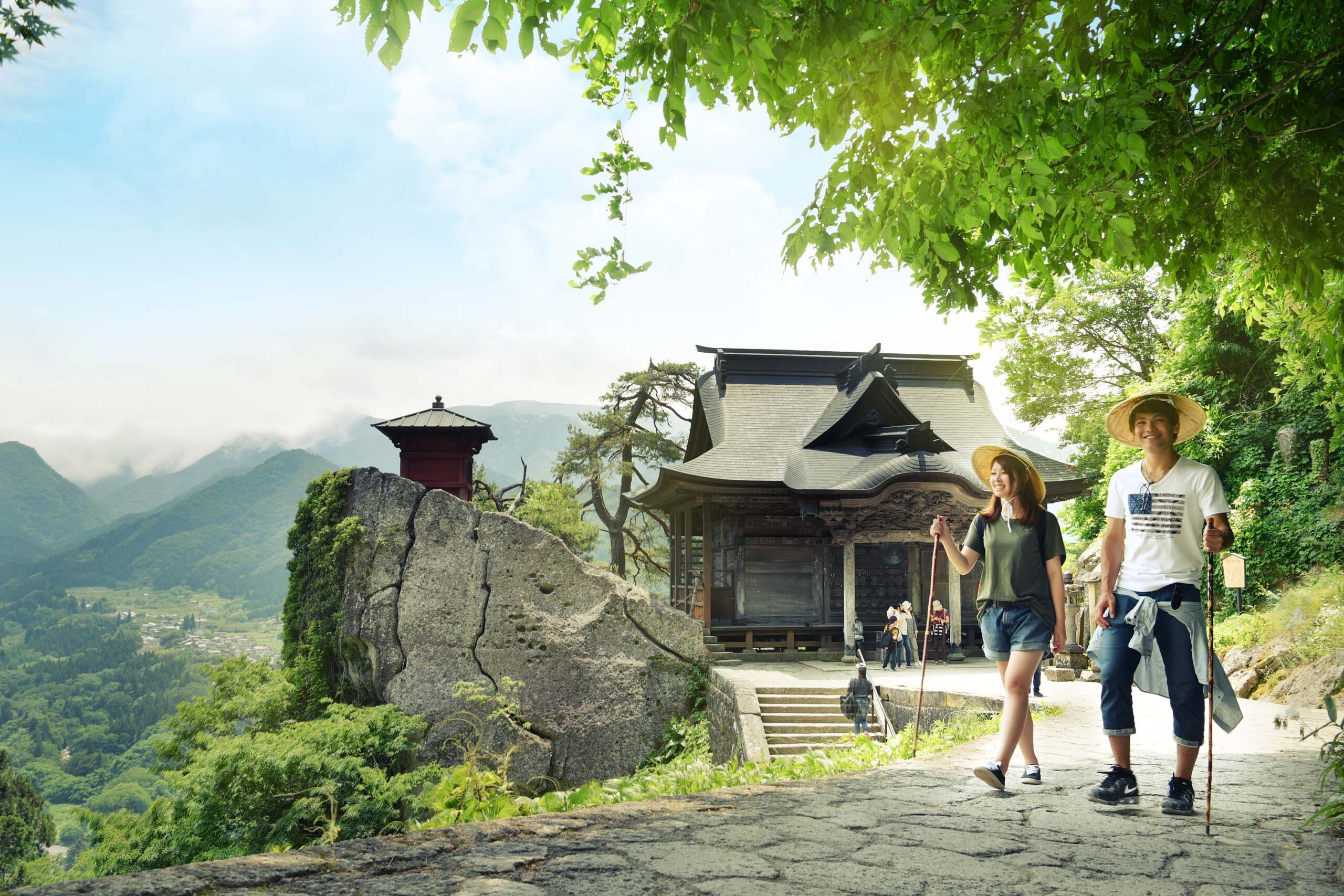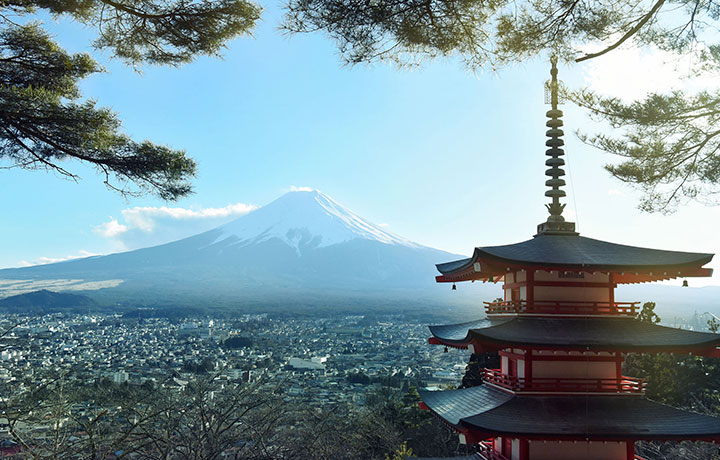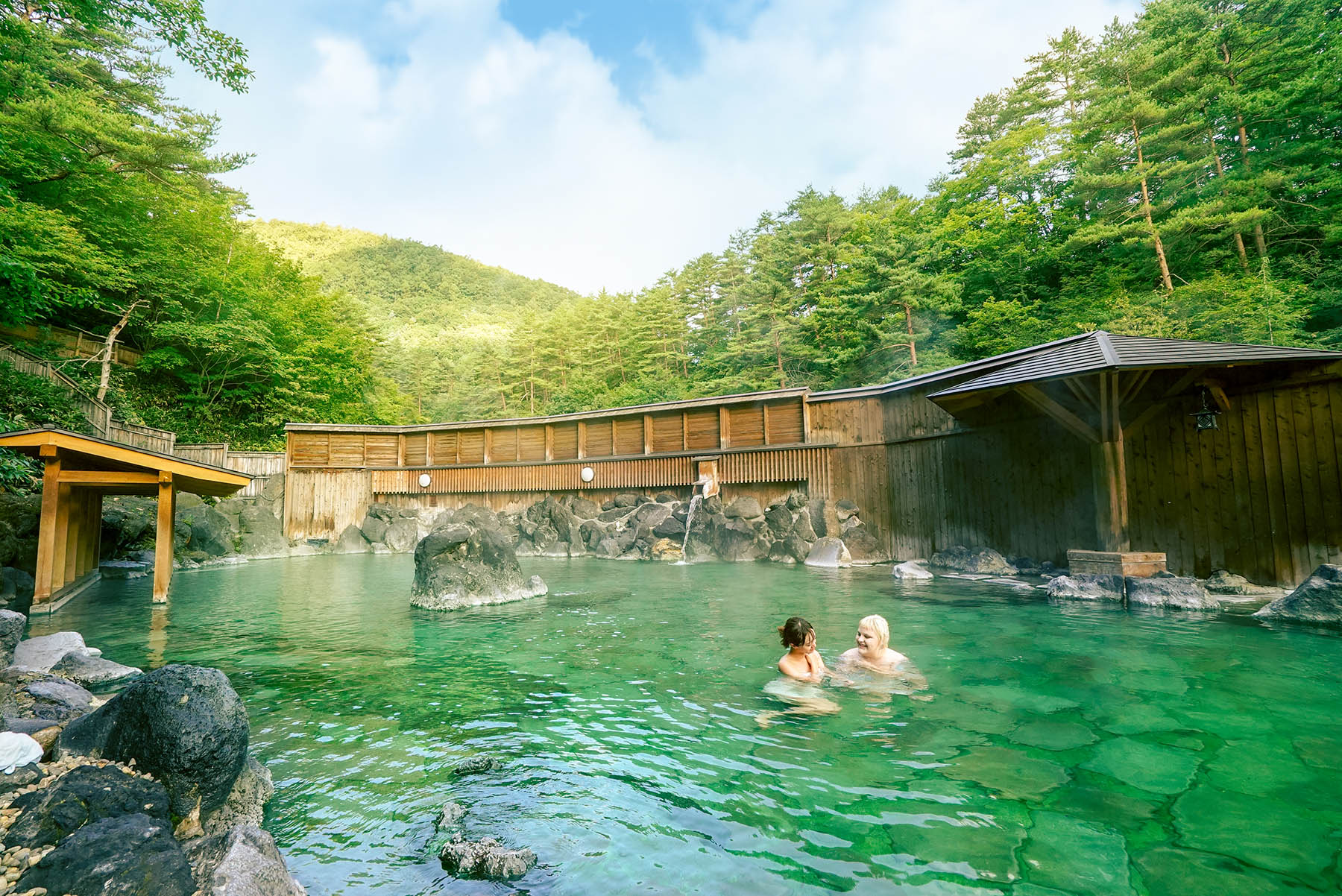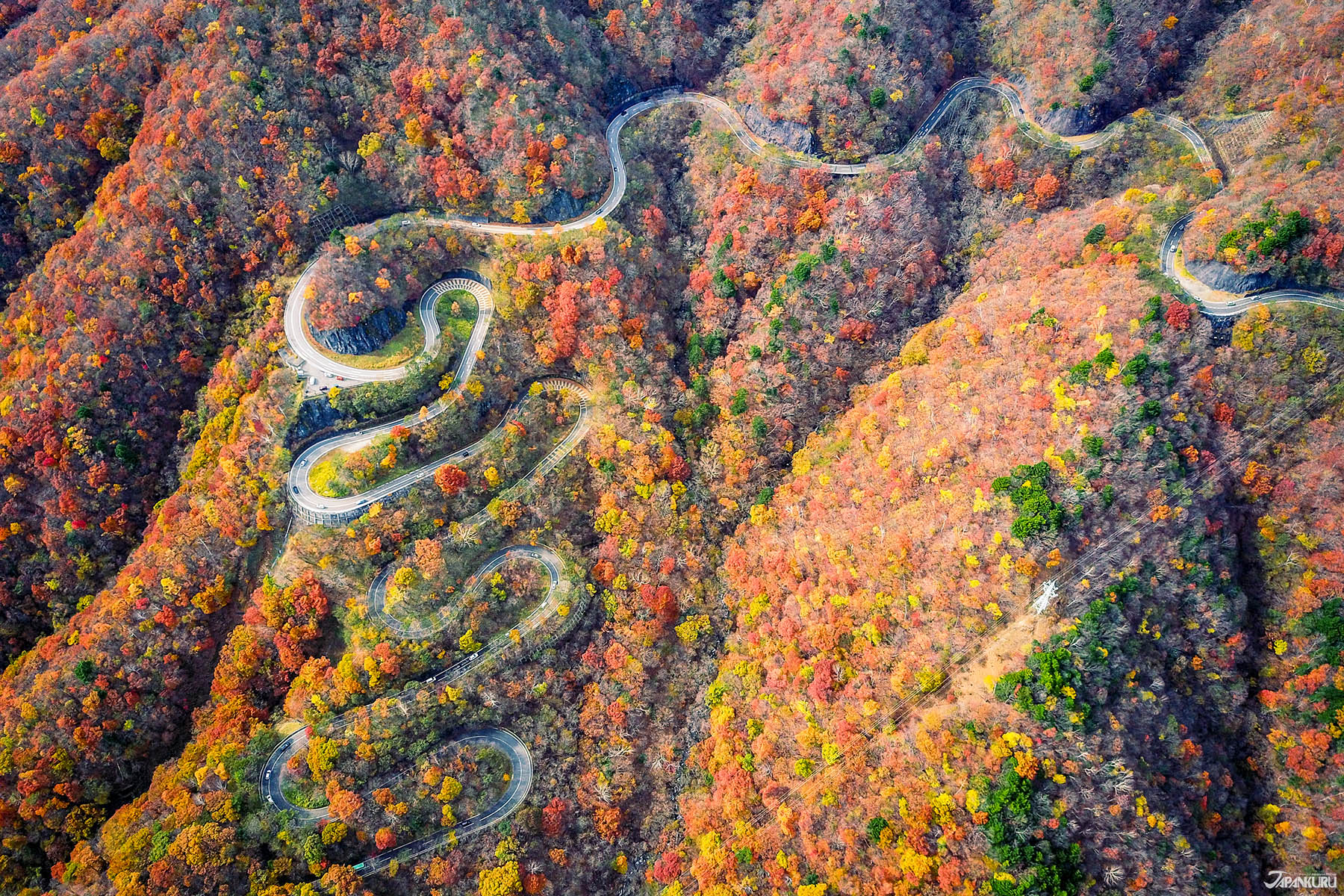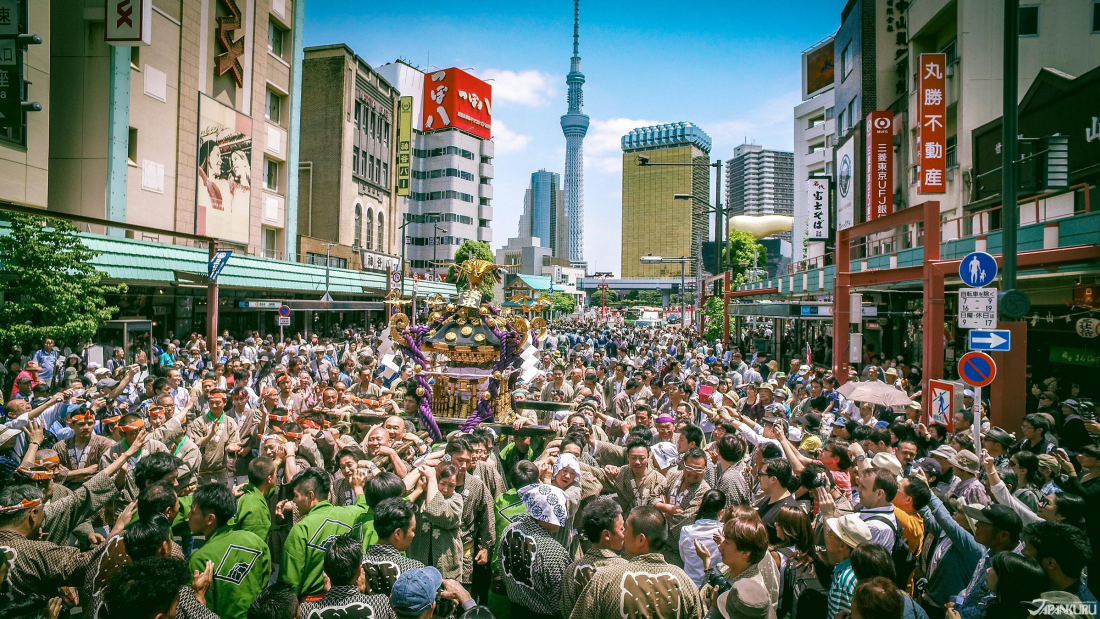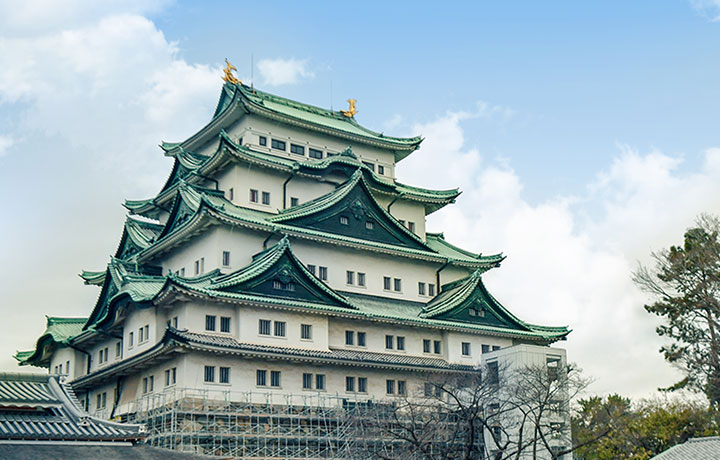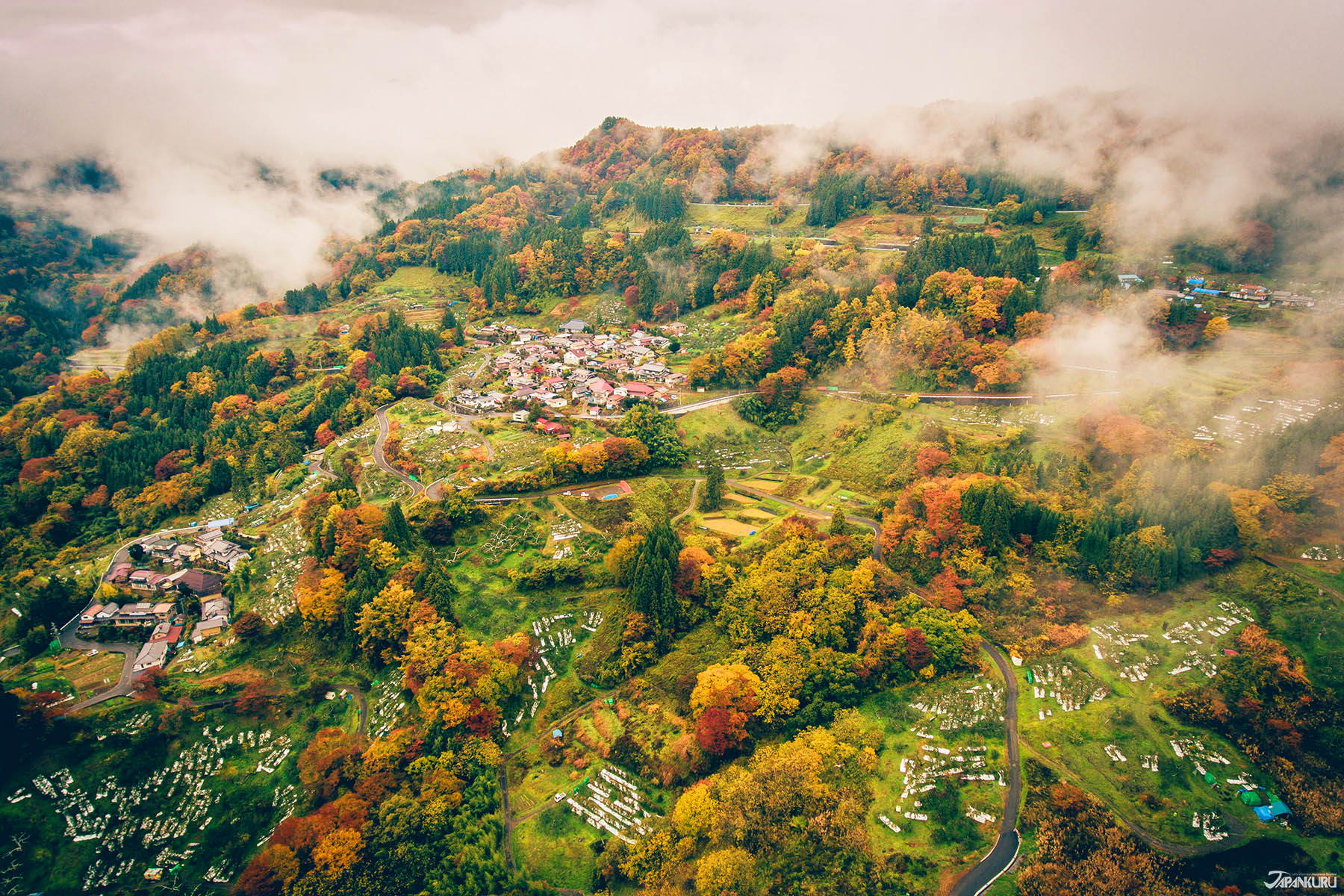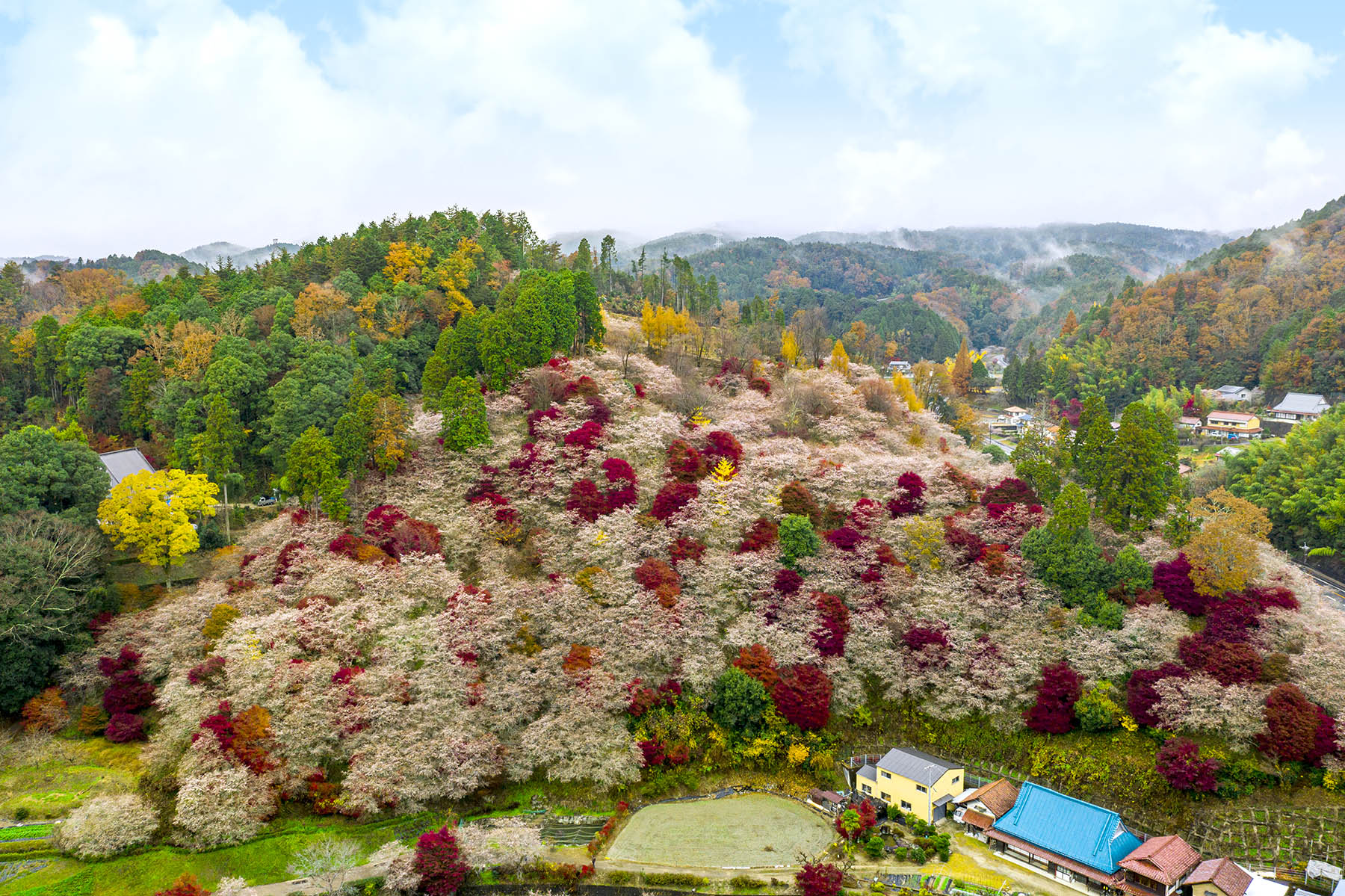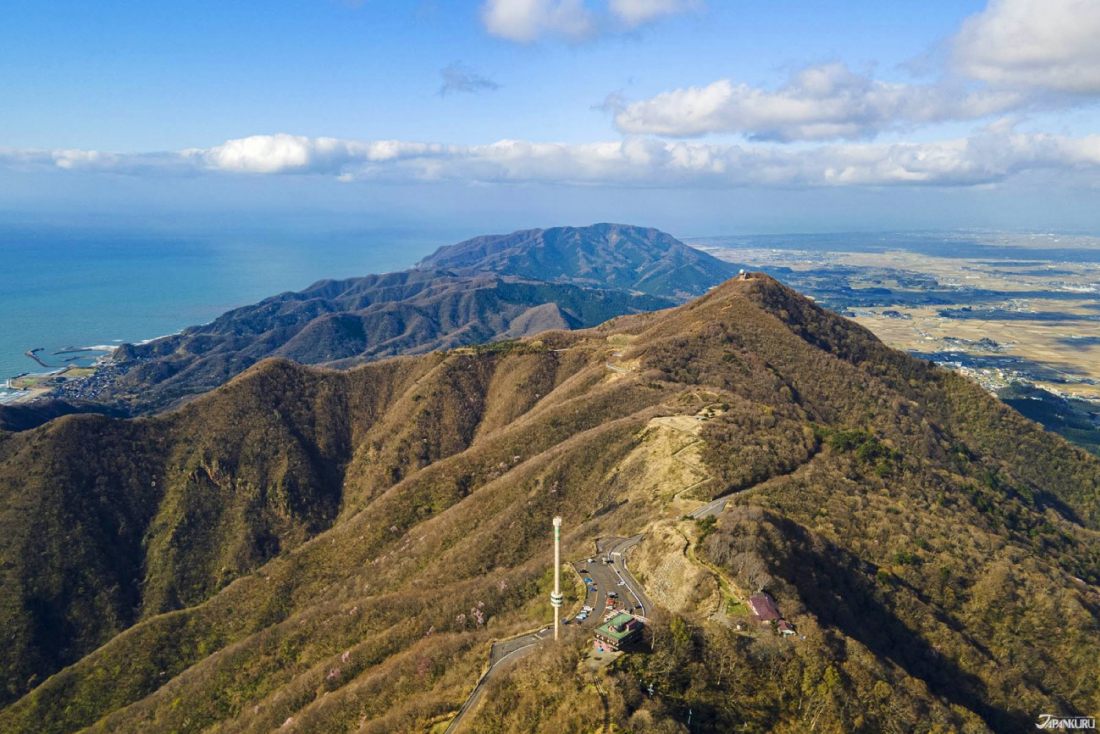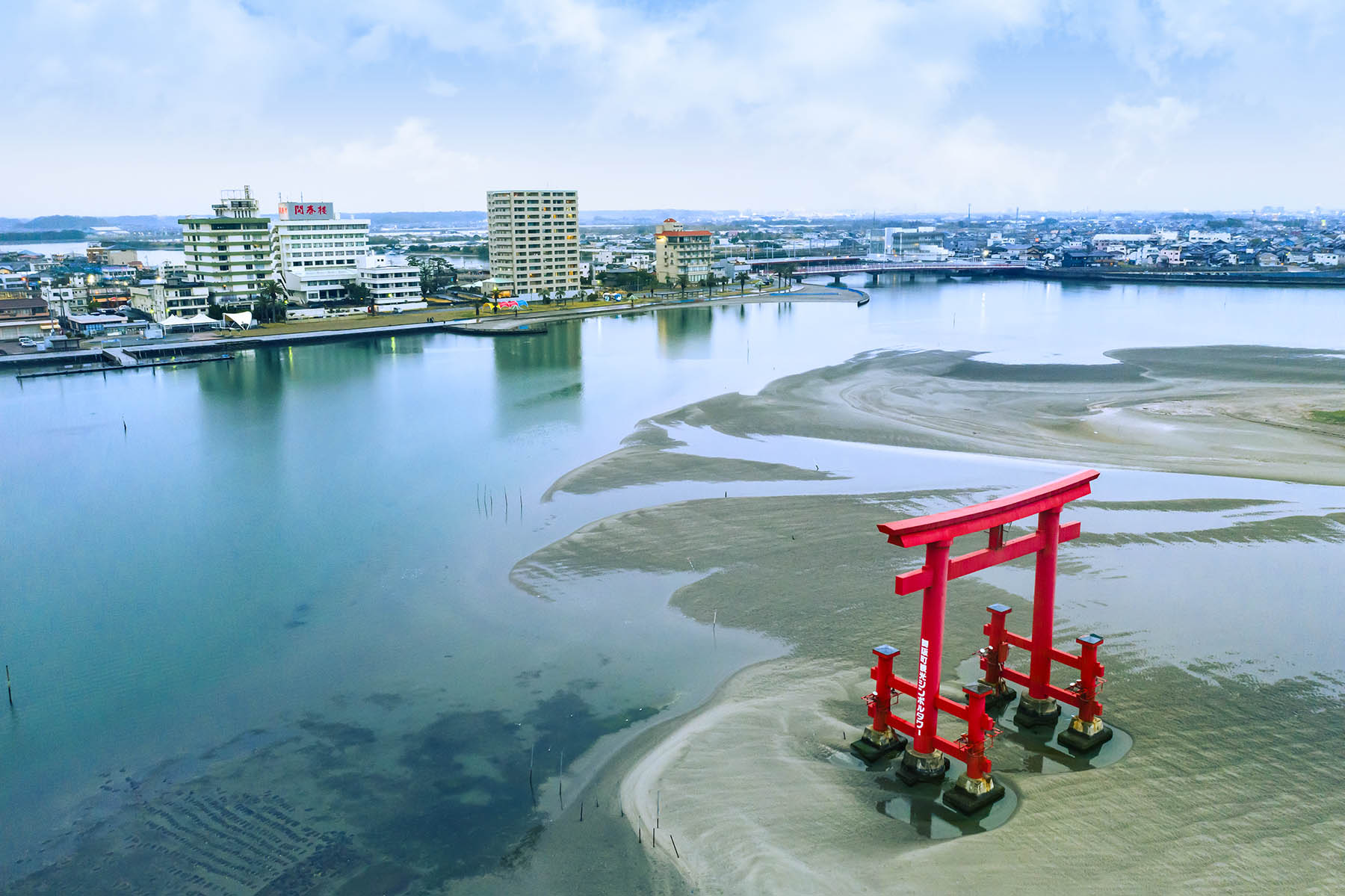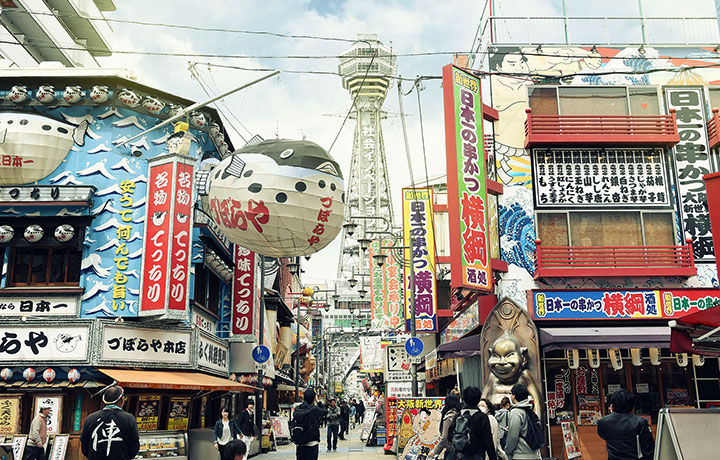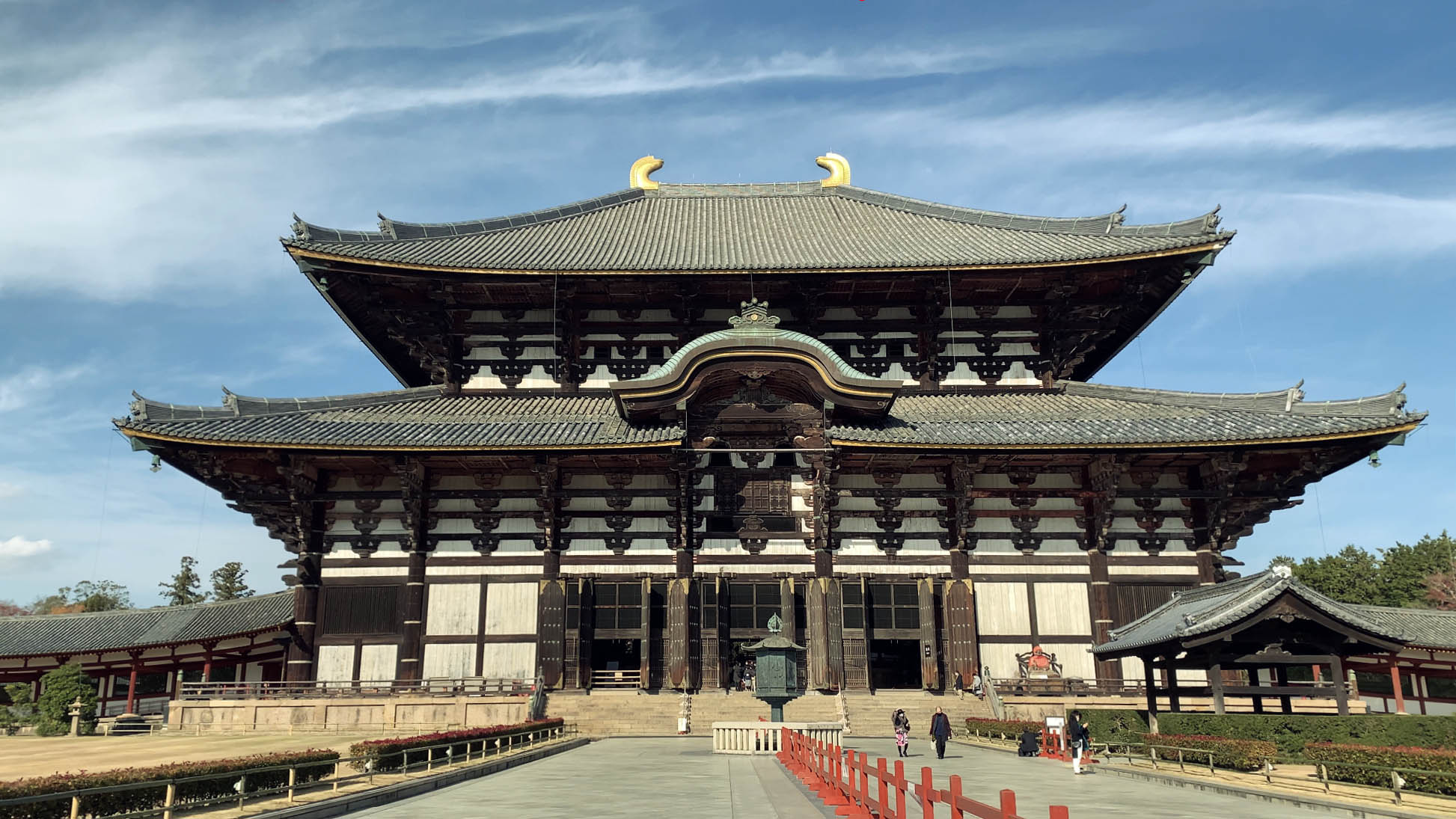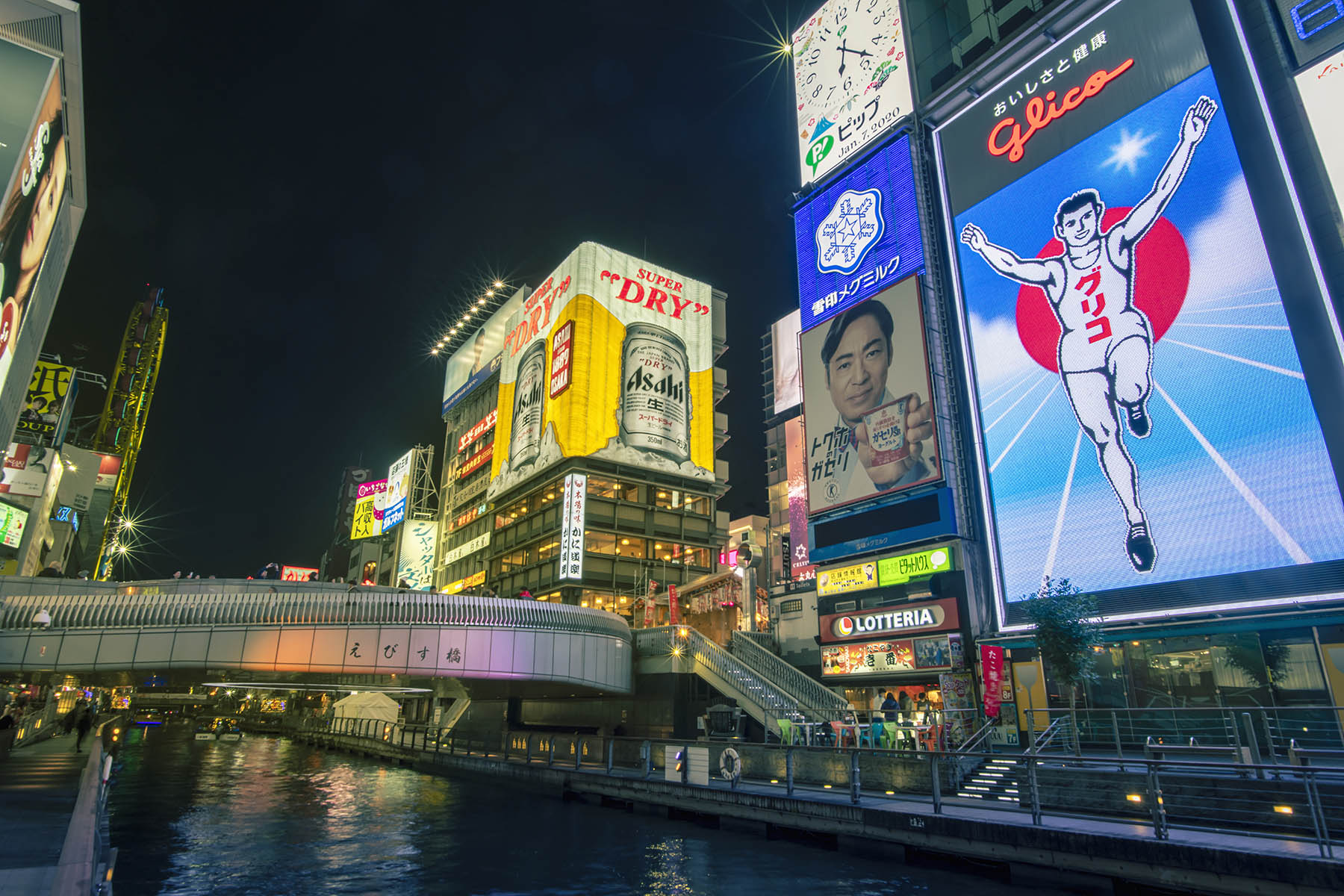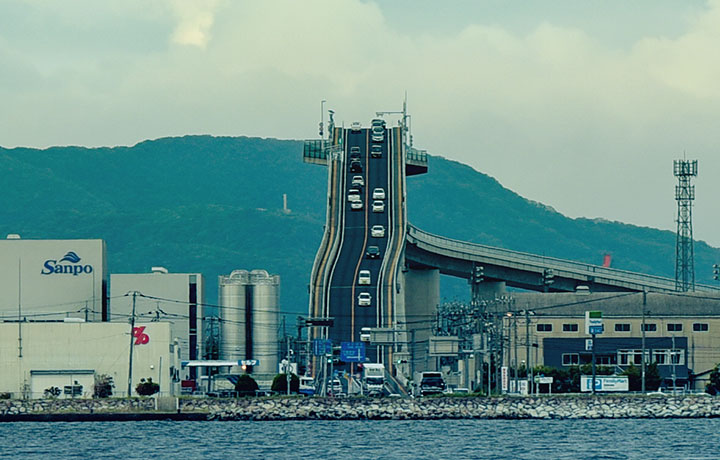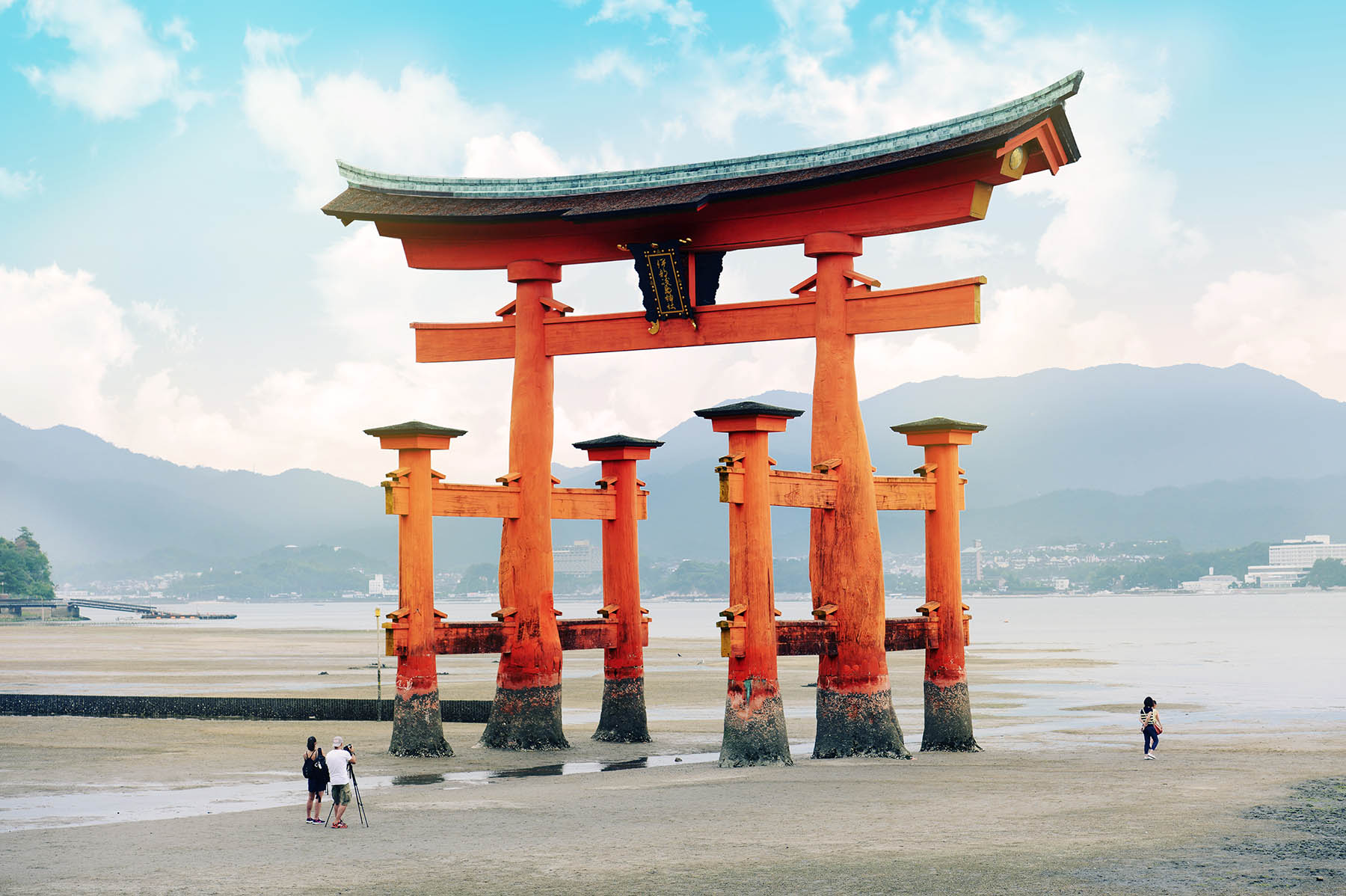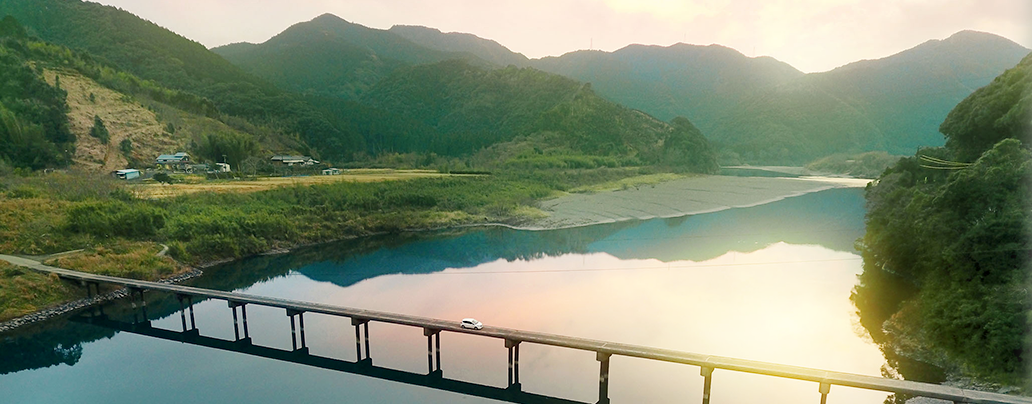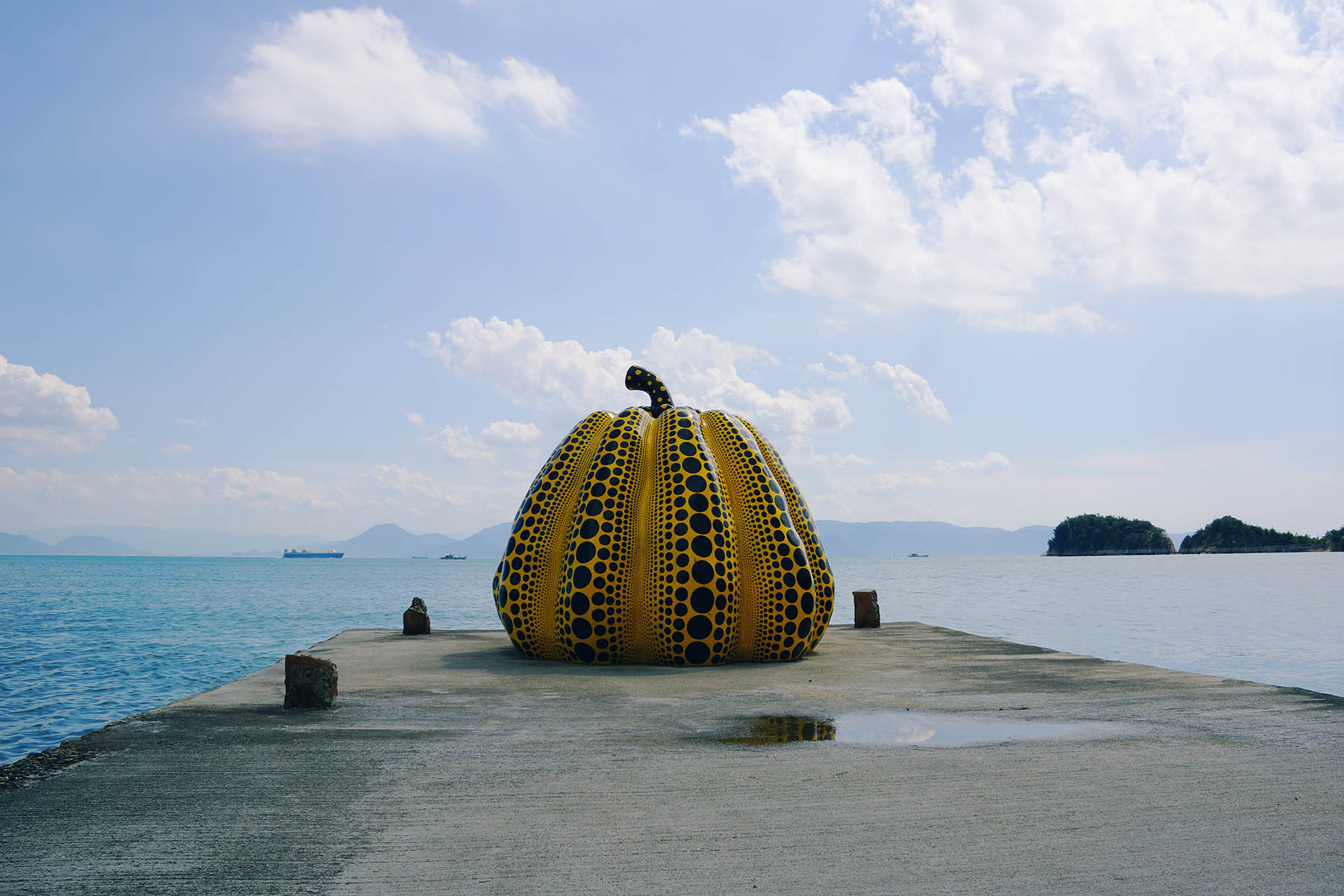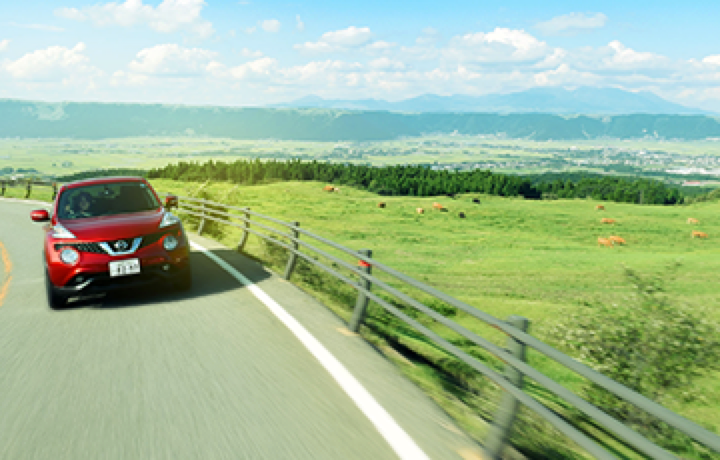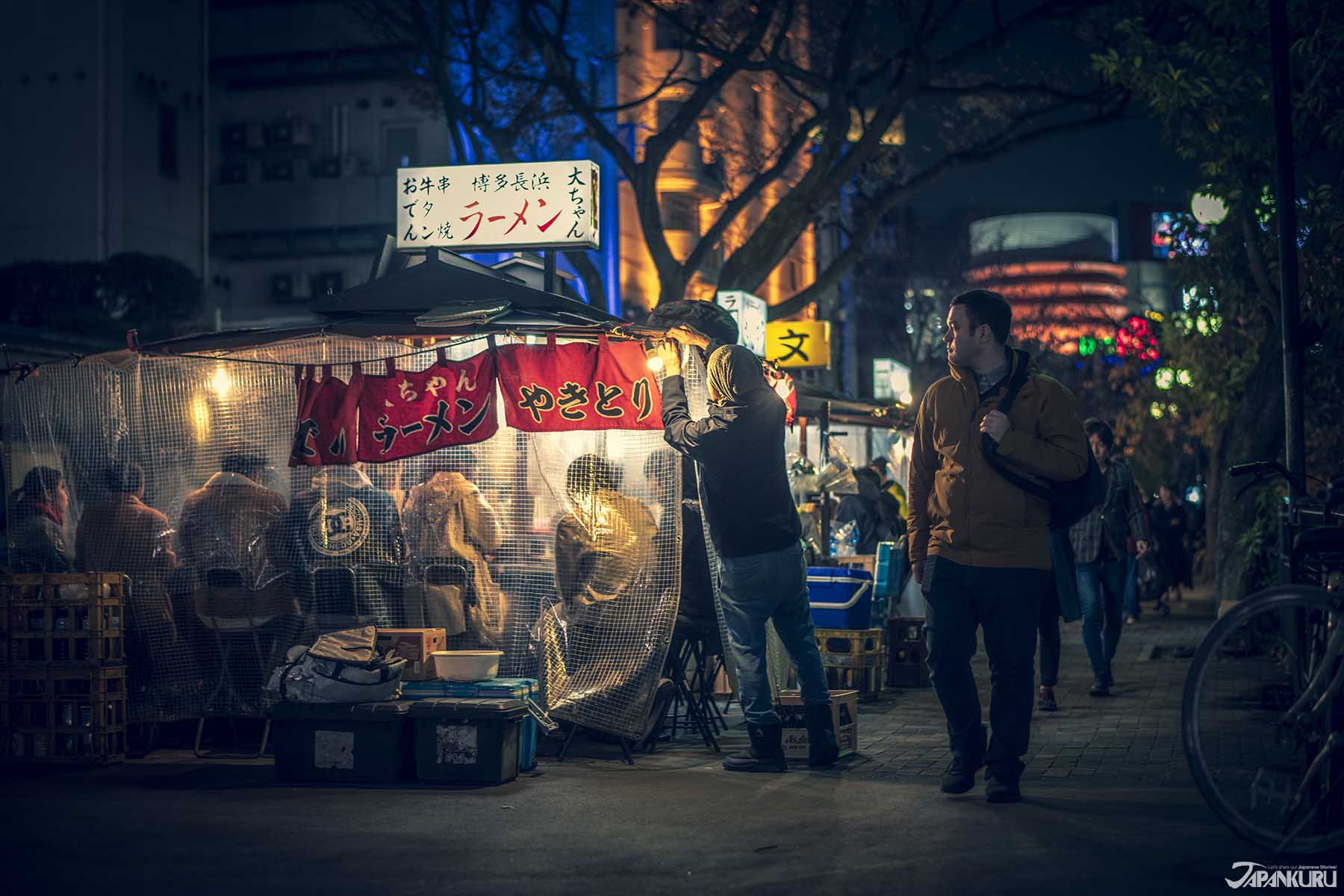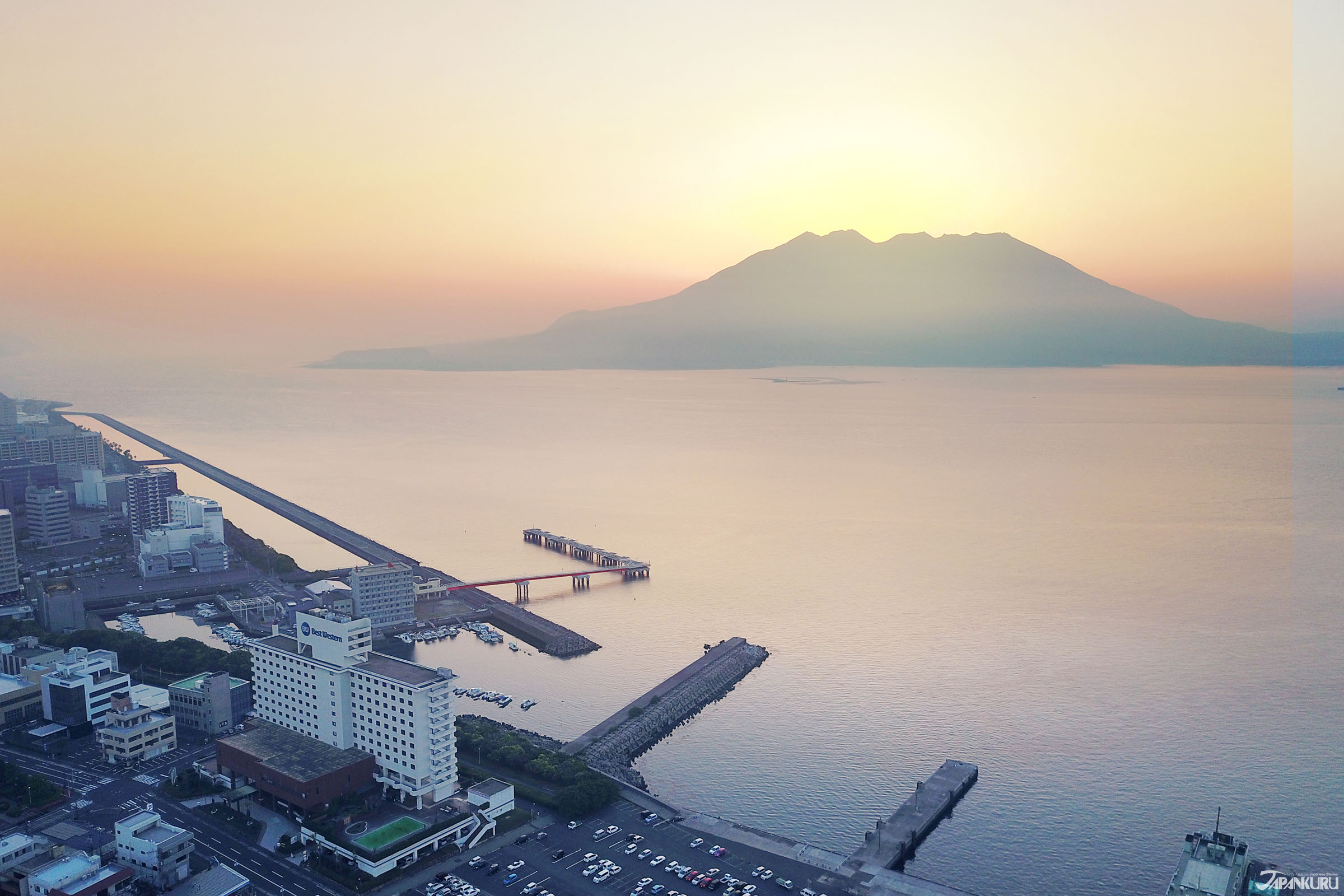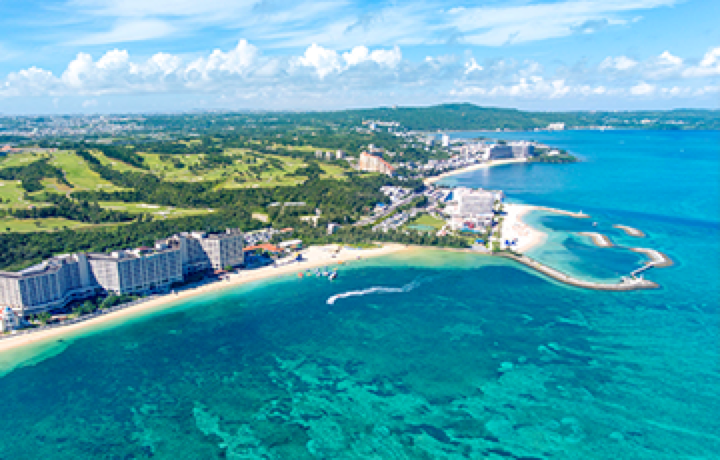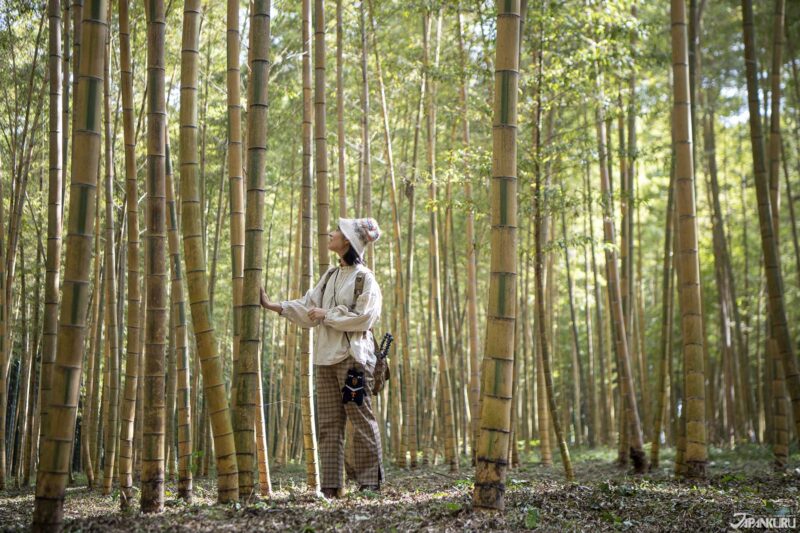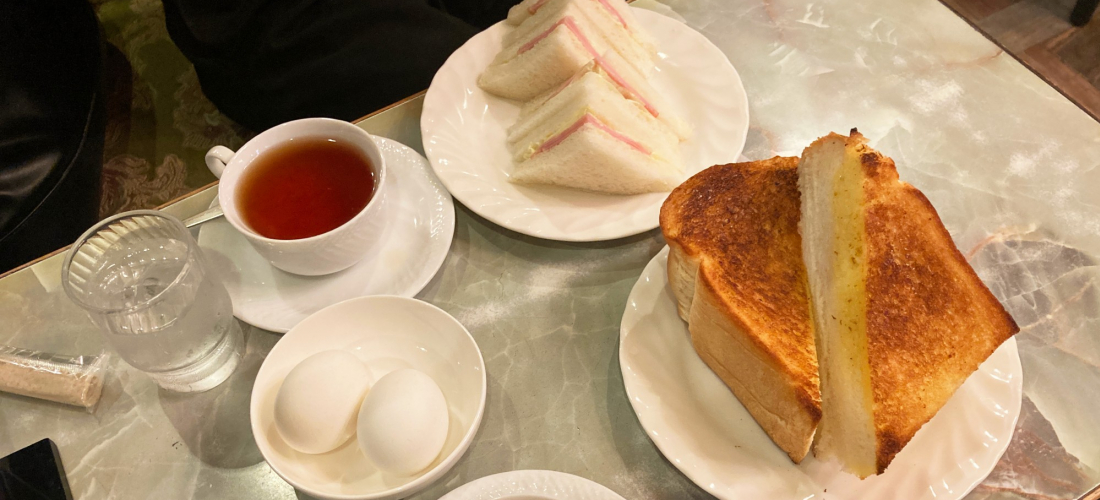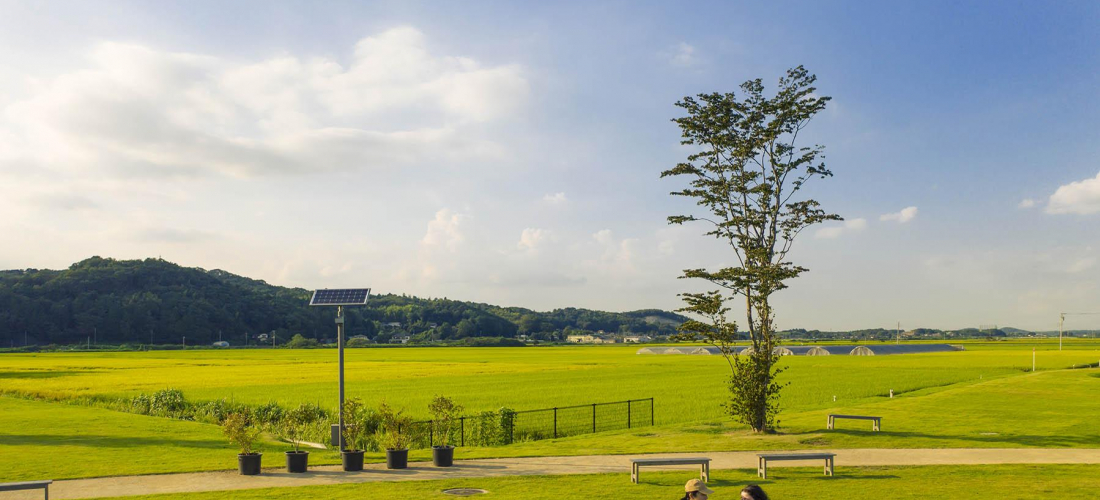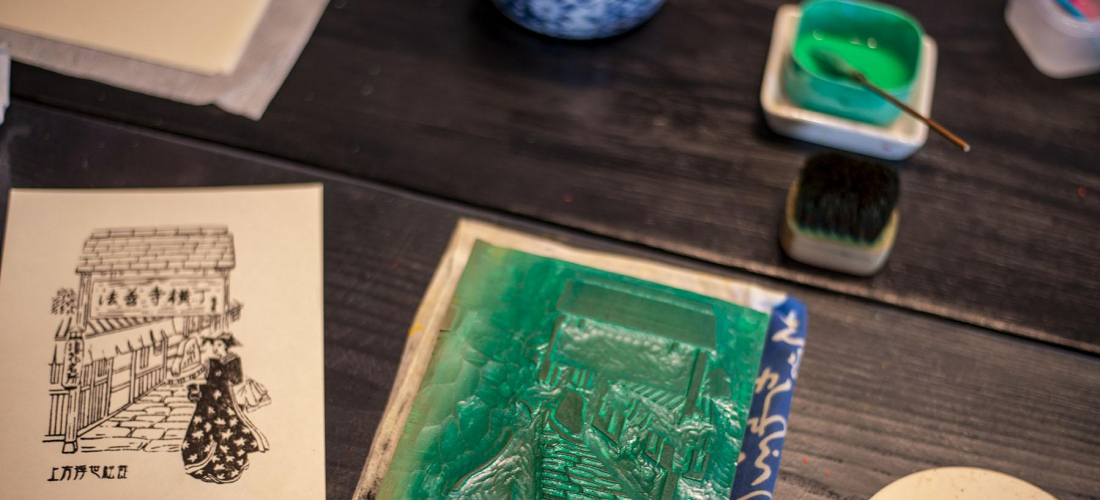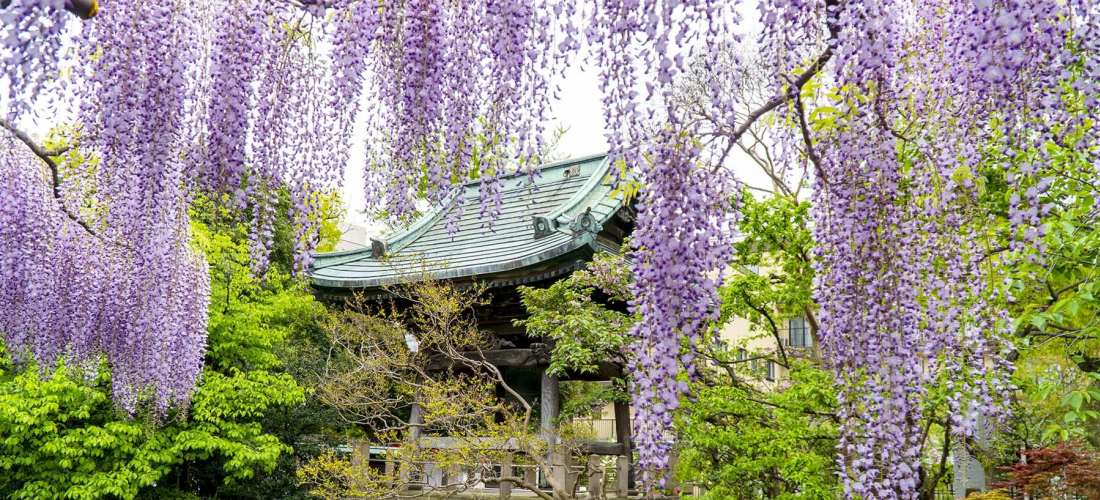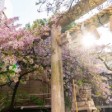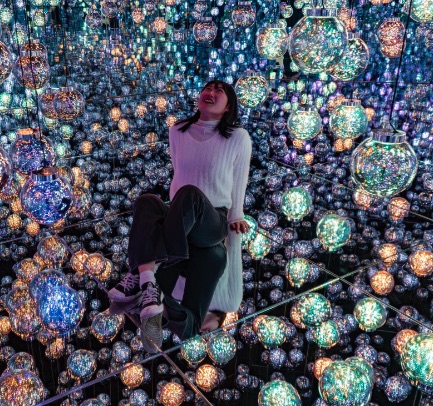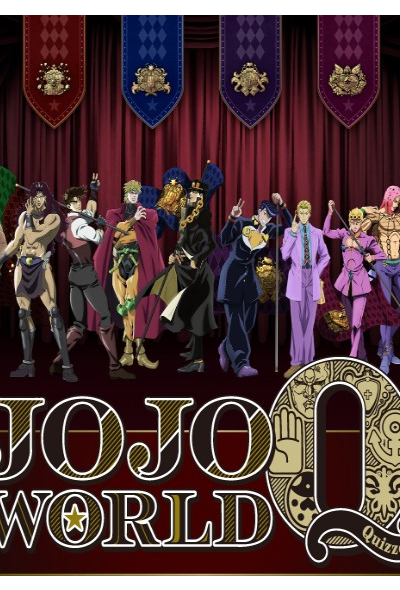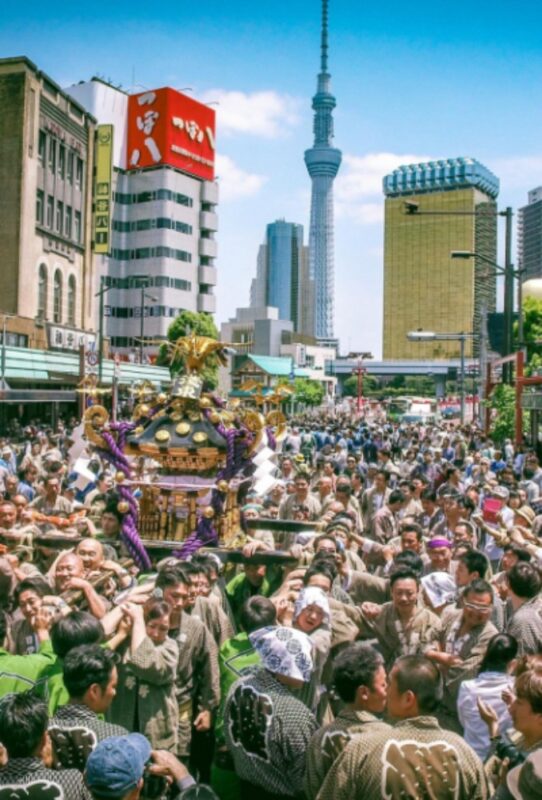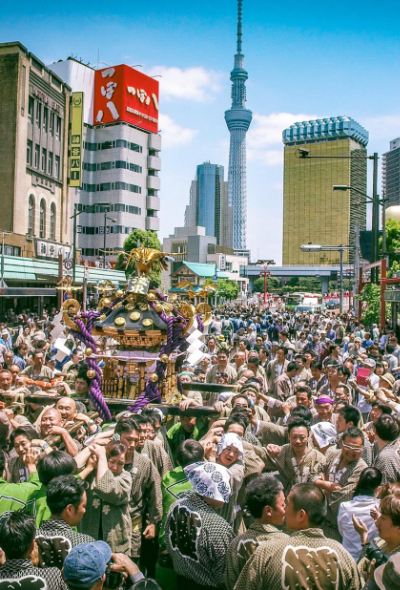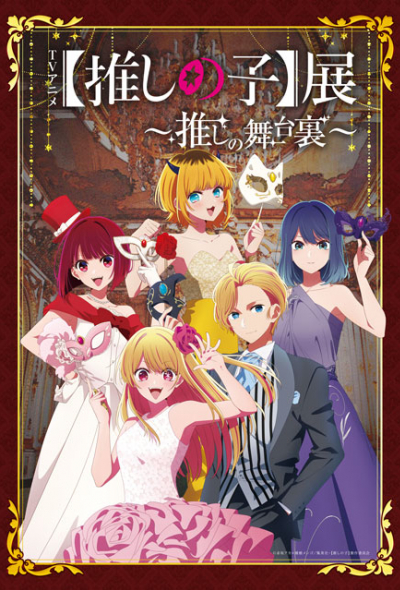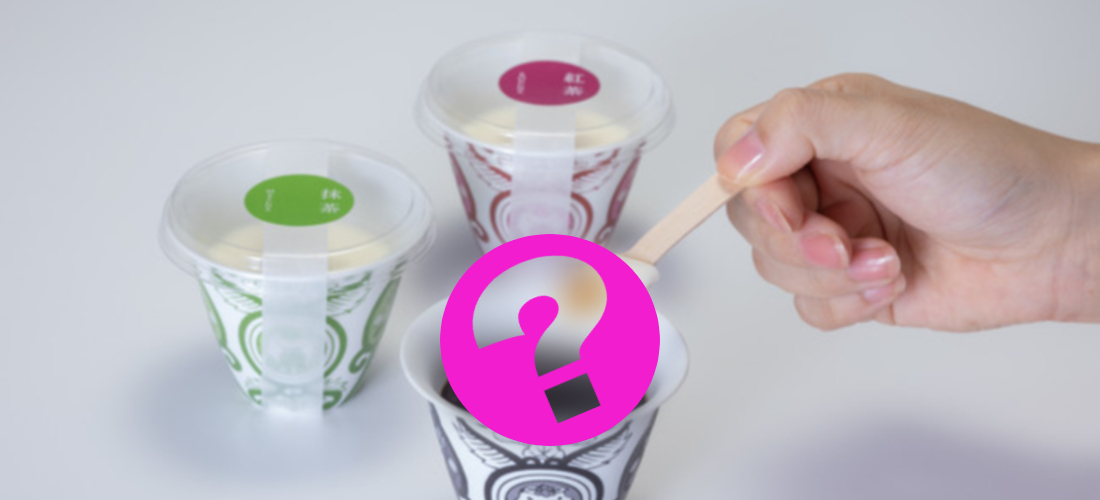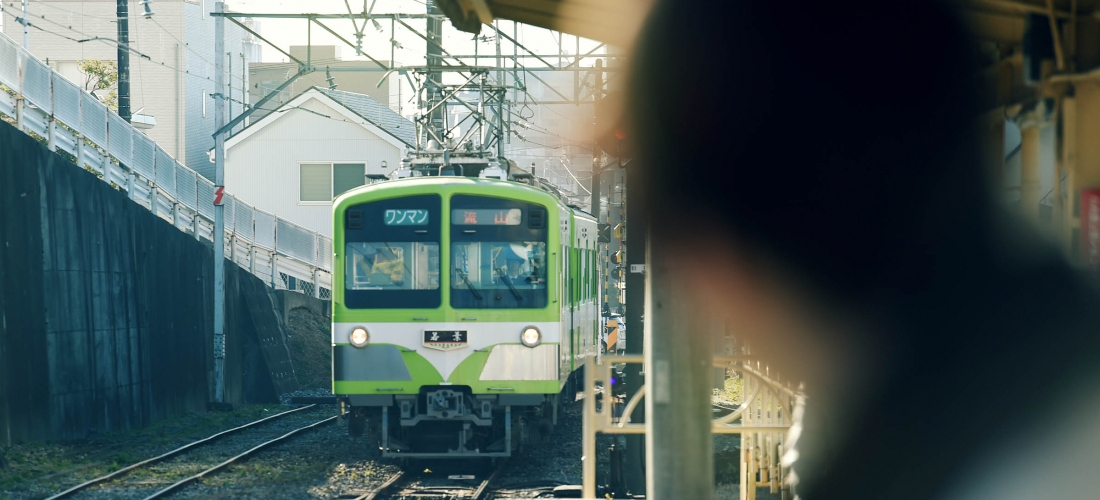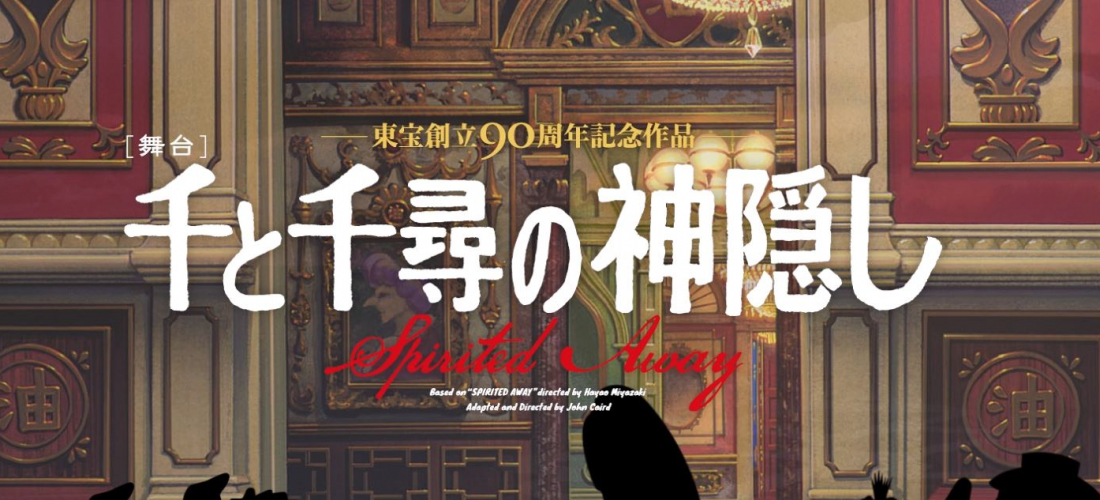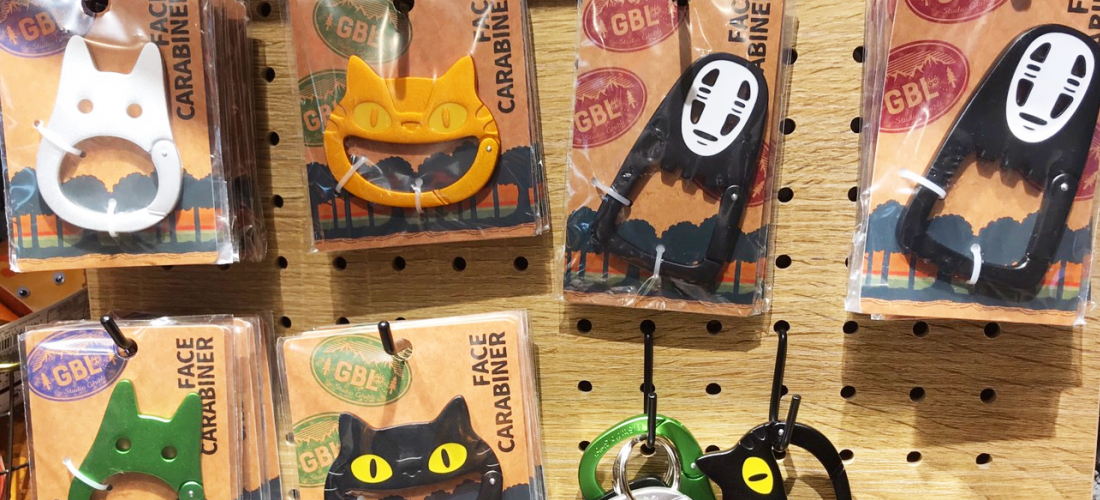Ever taken the Yamanote Line? Tokyo’s most beloved train has now become Tokyo’s most beloved idol project. See the stations sing and dance!
If you’ve ever been to Tokyo, chances are you've spent some time on the JR Yamanote Line, the train line that circles central Tokyo and brings endless waves of passengers to their jobs, schools, and other destinations of all kinds, each and every day. But while riding that busy Tokyo train, with its bright green signage and humdrum interiors, did you ever think of turning it into a team of male idols? A group of train-themed pretty boy pop singers and entertainers?
You probably thought nothing of the sort, but the people at AAO Project, made of three Japanese production companies, well they sure did. Officially partnering with JR East—the eastern section of Japan Railways—the AAO Project has created the Yamanote-Line-themed idol project “Station Idol Latch!,” a group of 30 fictional, animated idols, here to steal your heart with plans for an anime, manga, games, novelizations, music releases, concerts, idol events, and much more. All of this starting with a weekly voice drama, which will start streaming (along with its new theme song) on their YouTube channel on June 3rd, featuring a handful of popular voice actors (with many more to come). It’s a lot!
So, who are these animated male idols? The Station Idol Latch! group is made of 30 characters, one for each of the 30 stations on the Yamanote Line. Not only is each of the idols designed to reflect his own particular train station, but in the fiction of the project, the characters also have day jobs as train station attendants, spending their working ours in their plain old station uniforms before transforming into a flamboyant group of singing, dancing idols after hours. Because the Yamanote Line travels through a wide variety of Tokyo neighborhoods, the characters are also made to reflect that with a diversity of styles, hobbies, and backgrounds. So, who are these beautiful boys? Let me introduce you to a few of the idols representing some of Tokyo’s most famous train stations, along with a couple unique characters who hail from stations you might have never stepped foot in!
Tokyo Station ・ Rion Shoji (東海林鈴音)
Voice Actor: Kensho Ono (Jojo's Bizarre Adventure, Kuroko's Basketball)
Rion Shoji looks awfully blond-hair/blue-eyed to represent Tokyo Station, but his profile says he’s the “Face of Latch!,” and the official “leader of the group.” As an idol, the character's personality and performances are so overwhelmingly majestic and impressive that people think of him as the “emperor” of the group, but keeping up that image apparently gives Rion terrible anxiety and stomach pains. Surprisingly dark for a fictional idol. On the other hand, his hobby is apparently going to different supermarkets, so Rion sounds like a complicated guy.
Harajuku Station ・ Kyuto Takeshita (竹下宮斗)
Voice Actor: TBA
Kyuto’s colorful Harajuku-style idol outfit might be the first thing you notice, but like many of the members, his name is a not-so-subtle reference to his own part of Tokyo as well. "Kyuto" is, well, definitely supposed to sound like the English word “cute,” which is all too appropriate for the kawaii-obsessed Harajuku neighborhood, and the idol’s last name “Takeshita” is also the name of the popular, crowded Harajuku shopping street that many people associate closely with the unique culture of the area. The character has a charming backstory too: coming from a family connected to Shinto shrines, Kyuto respects those Japanese traditions despite being a total Harajuku kid, and hopes to build bridges between Tokyo and his hometown to help to bring traditional Japanese culture back to the people of the big city. You can actually see that while the character's colorful jacket totally works with the Harajuku theme, the print looks like it could be traditional Japanese hanafuda cards.
Big dreams!
Akihabara Station ・ Yusei Raiden (雷電遊生)
Voice Actor: TBA
In his uniform, he kind of just looks like any real-life station attendant, but in “idol mode” Yusei’s got that otaku vibe, complete with the uchiwa fan and glowing stick lights you’d expect from any idol otaku. The hobbies and likes in his profile appear to reflect his Akihabara theming—retro games, VR experiences, sleep, food—but he turns out to be a bit of an oddball. I guess that’s appropriate for Akihabara, too. In fact, because the character is said to get sleepy even in the lively Akihabara neighborhood, his profile describes him as being “like a bear,” and they add that at first glance Yusei only seems to be interested in pursuing basic desires: food, sleep, and “love.” Interesting choice for an idol.
Ueno Station ・ Yo Ameya (飴屋楊)
Voice Actor: TBA
This character is described as “an eccentric oddball from a family connected to the arts,” which makes sense when you consider that many people get off the train in Ueno to visit the museums scattered in and around Ueno Park. Yo apparently spends his free time in the Ueno museums and at Ueno Zoo, animal watching and people watching, but really, I’m most entertained by this character’s name. Another obvious reference, the name (particularly when called “Ameya Yo” as you would in Japan) sounds all too similar to “Ameya Yokocho,” a popular shopping street running south of Ueno Station.
Shinjuku Station ・ Yuki Shindo (神堂唯姫)
Shinjuku Station is a sprawling, maze-like complex under and overground, connecting what seems like a million train lines and a million little corners of the busy, lively Shinjuku neighborhood. The Shinjuku Station idol Yuki Shindo is a conceited, "doll-faced," cold-hearted pretty boy who apparently likes his alone time, doesn't like mistakes, and can’t hold his liquor. Probably not what I would have guessed for Shinjuku, a lively center for business, shopping, culture, food, and just about everything else… But maybe this ruthless perfectionist is how Tokyoites really see Shinjuku?
Okachimachi Station ・ Mario Takara (高良摩利央)
Voice Actor: TBA
Moving on to a less famous station: nestled between Ueno and Akihabara, Okachimachi Station doesn’t draw a lot of travelers, but in the universe of Latch!, it is where you’ll find this flashy young train station employee with inexplicable Rum Tim Tugger vibes. The character's profile says that Mario was born into a family of new money, giving him a love of flashy extravagance and a naive, pure heart. Basically, he acts like a kid and really loves cash, plus his name “Takara” sounds like the word for “treasure.” What can I say, clearly he was born this way.
Komagome Station ・ Satsuki Hanabusa (英皐月)
Voice Actor: TBA
You may have passed through Komagome Station if you love Japanese gardens enough to visit Rikugien, famous for its different landscapes and one big weeping cherry blossom tree. And chances are, Rikugien Gardens played a big part in designing this character. Despite the pretense that his full-time job is as a station attendant, Satsuki is described as a florist who knows all about plants and the language of flowers, with a mysterious atmosphere and lots of secret admirers. Apparently, he doesn’t particularly like people though. As he often forgets names and faces, he has a habit of connecting people to flowers they remind him of, and then calling them by that flower’s name instead. Is that what people want in an idol? Apparently, that is what some people want in an idol. He does have great style.
As a Tokyo resident, there’s something so incredibly entertaining in seeing all the stations I walk through and ride past so frequently, each as a unique character, and it’s been too much fun looking through how the project’s creators have imagined each of these 30 characters’ backgrounds, personalities, and unique idol styles. We can only guess at some of the connections that seem to be drawn between each neighborhood and its idol, leaving us searching through the profiles for easter eggs. While nobody on the Japankuru team is usually much of an idol fan, the unusual theme of this project has us all interested to see where Station Idol Latch! goes from here, and how it will continue to connect with the JR Yamanote Line as it grows.
▶︎ Images and information from the official Station Idol Latch! website.
For more info and updates from Japan, check Japankuru for new articles, and don't forget to follow us on Twitter, Instagram, and Facebook!
PROFILE
I came to Japan for a semester abroad, and I've been here ever since, so I guess I just can't get enough of the place. Tell me all the cool Japan-related things you know on instagram or twitter @japankuru !
COMMENT
FEATURED MEDIA
VIEW MORE
・Accommodations for Odaiba Sightseers: Mitsui Garden Hotel Toyosu PREMIER ・住宿推薦 三井花園飯店 豐洲普米爾 ・오다이바 관광 맞춤 숙소: 미츠이 가든 호텔 토요스 프리미어 ・ค้างคืนที่ Mitsui Garden Hotel Toyosu Premier โรงแรมสำหรับผู้มาเยือน Odaiba #japankuru #odaiba #tokyo #tokyotrip #japantrip #japantravel #mitsuigardenhotel #mitsuigardenhoteltoyosupremier #tokyohotel #odaibahotel #toyosu #tokyoview #tokyobay #rainbowbridge #미츠이가든호텔토요스프리미어 #오다이바 #오다이바맛집 #오다이바건담 #오다이바해변공원 #오다이바야경 #오다이바온천

Nagano Prefecture is famous for delicious soba noodles, and in the city of Ueda, you can learn from the experts! Local aunties run this cooking class, teaching you everything you need to know to make your own delicious plate of soba noodles entirely from scratch. #japankuru #soba #sobanoodles #japanesefood #travelexperience #japan #japantrip #ueda #nagano #japaneseculture #japanexperience #daytrip #daytour #cookingclass #japanesecookingclass #上田市 #そば作り #소바체험 #우에다시 #나가노여행 #일본소바

Kuramae Shrine is known for its early-blooming cherry blossoms and its gorgeous golden mimosa blooms, making it a great sakura spot for travelers arriving in Tokyo a little early for the main cherry blossom season. It’s also tucked away in a neighborhood packed with trendy cafes and coffee shops. Kuramae is a lovely place to spend the day. 🌸☕️ ・ #japankuru #kuramaeshrine #kuramae #tokyo #tokyotrip #cherryblossom #cherryblossoms #mimosa #tokyocherry #花見 #蔵前神社 #ミモザ #桜 #東京 #Japan #日本 #일본 #Japon #ญี่ปุ่น #Japão #Japón #япония #japantravel #日本旅行 #日本旅遊 #일본여행 #japan_of_insta #japantrip #traveljapan

Local Japanese Favorites at the Okinawa Don Quijote ② Ohta’s Isan, the digestive aid of the Japanese people ・ ・ 2024唐吉訶德不可不知的好物推薦② 日本國民消化小幫手:太田胃散 ・ ・ 오키나와 돈키호테 숨은 꿀템2. 일본 국민 소화제! 오타이산 #japankuru #okinawa #donki #沖縄 #오키나와 #오키나와여행 #오키나와돈키호테 #일본쇼핑리스트 #오타이산 #일본소화제 #太田胃酸 #ohtasisan

Happy Valentine's Day from the Japankuru team! May your day be full of sweet chocolates and sweet nothings. 💕 Or, if you're like a rising number of women in Japan, take the opportunity to treat yourself! 🍫💝💆 • Find out more at Japankuru.com! (Link in bio.) • #japankuru #valentinesday #valentineschocolate #japanesechocolate #japaneseculture #バレンタイン #バレンタインチョコ #メリーチョコレート #Japan #日本 #일본 #Japon #ญี่ปุ่น #Japão #япония #japantravel #日本旅行 #日本旅遊 #일본여행 #japan_of_insta #japantrip #traveljapan #japan🇯🇵 #japanlife #igerstokyo #explorejapan #japanfocus #enjoyjapan #japantravelphoto

Japankuru Coupon: BEAMS fashion, accessories, lifestyle goods, and more! BEAMS 5% Discount Coupon ▶︎ Validity Dates: February 1 ~ February 29, 2024 ▶︎ Discount: 5% off all products in-store ▶︎ Usable At: BEAMS stores throughout Japan (all stores except BEAMS JAPAN Izumo and BEAMS JAPAN Nikko) ▶︎ Details: Please present this coupon page before payment to receive your discount! This coupon is also valid in combination with tax-free discounts/refunds for foreign tourists. (Tax-free shopping is only available at some BEAMS locations.) Some products may not be eligible for discount. ・ ・ ・ BEAMS - JAPANKURU優惠折扣券 BEAMS 2024年2月限定特別優惠券 店內全部商品95折 ▶︎使用期間:2024/2/1到2024/2/29 ▶︎使用範圍:日本全國店舖 ▶︎使用方法:結帳時請務必事先向店員出示本優惠券,若未出示本優惠券恕無法享有本優惠。本優惠券可搭配免稅優惠一併使用,但不排除特定門市無法使用本優惠券。此外,不排除特定商品不適用本優惠券。 ・ ・ ・ 「빔즈(BEAMS) x 재팬쿠루(JAPANKURU)」스페셜 할인 쿠폰 빔즈(BEAMS) 5% 할인 쿠폰 ▶유효기간: 2024년 2월 1일 ~ 2월 29일(한 달 동안) ▶︎할인율: 매장 내 전 상품 “5% 할인" ▶︎해당 매장: 일본 전국 빔즈 (BEAMS) 매장 (BEAMS JAPAN이즈모、BEAMS JAPAN닛코는 쿠폰 할인 대상 제외 점포입니다) ▶︎상세 내용: 결제 전 본 쿠폰 페이지를 제시하면 정가대비 5% 할인된 금액에 구매하실 수 있습니다! 본 쿠폰은 외국인 관광객들을 대상으로 하고 있으므로 면세 혜택(빔즈 일부 매장)과 별도로 추가 할인이 가능합니다. (일부 매장 및 제품은 대상에서 제외될 수 있습니다.) #japankuru #beams #beamsjapan #beamsginza #coupon #재팬쿠루 #빔즈재팬 #빔즈 #일본여행 #일본쇼핑 #일본쇼핑리스트 #銀座 #東京 #tokyoshopping #japankurucoupon

